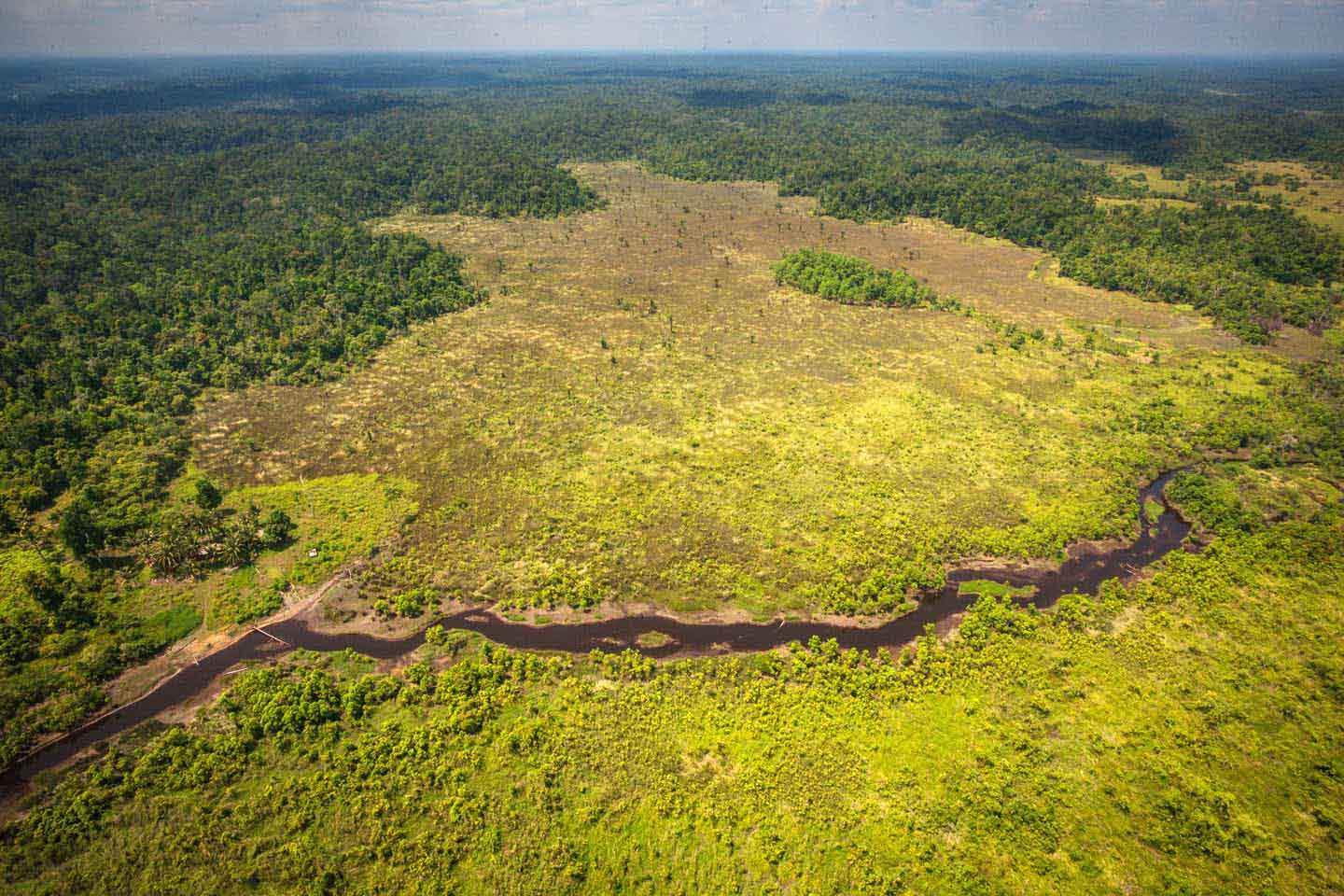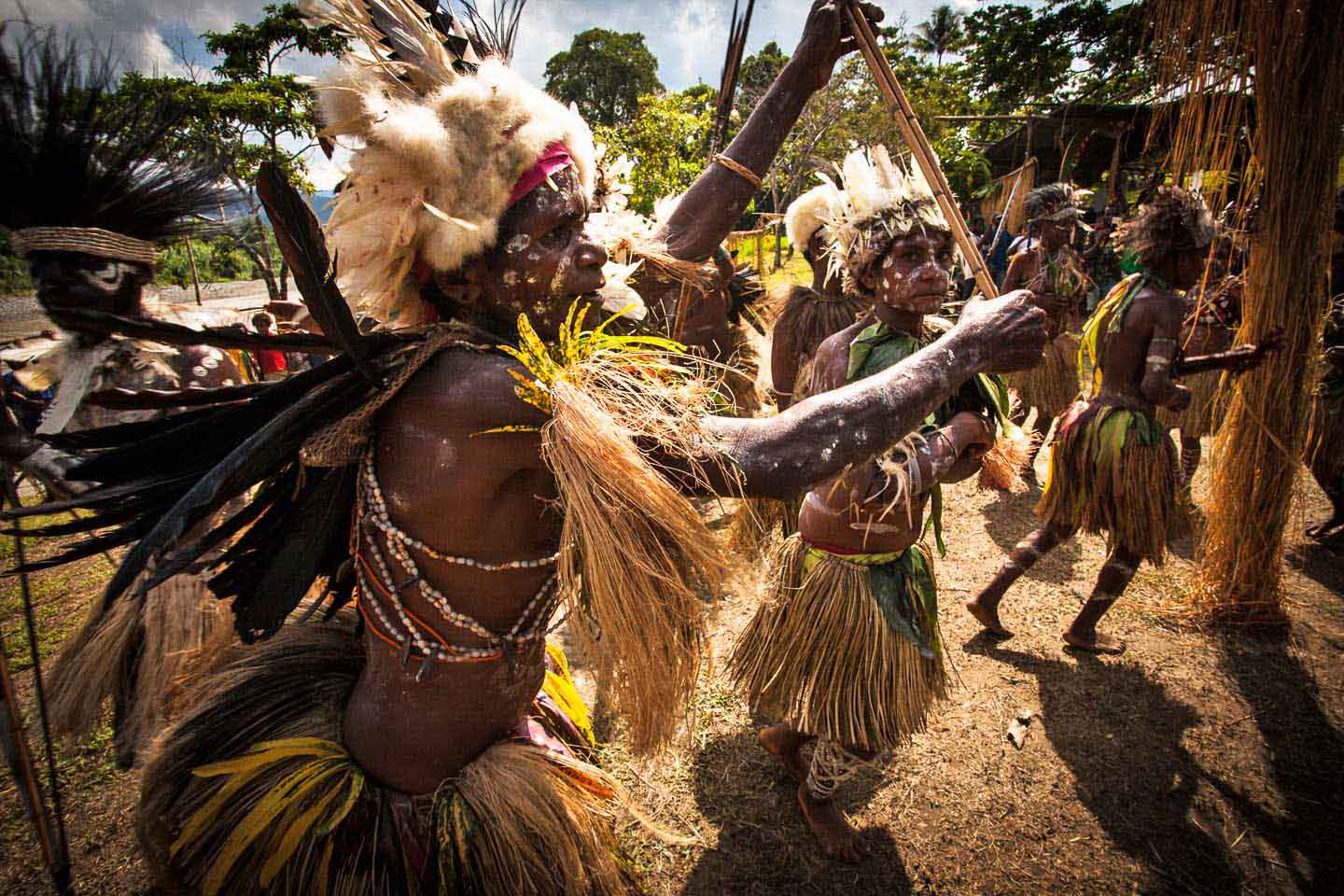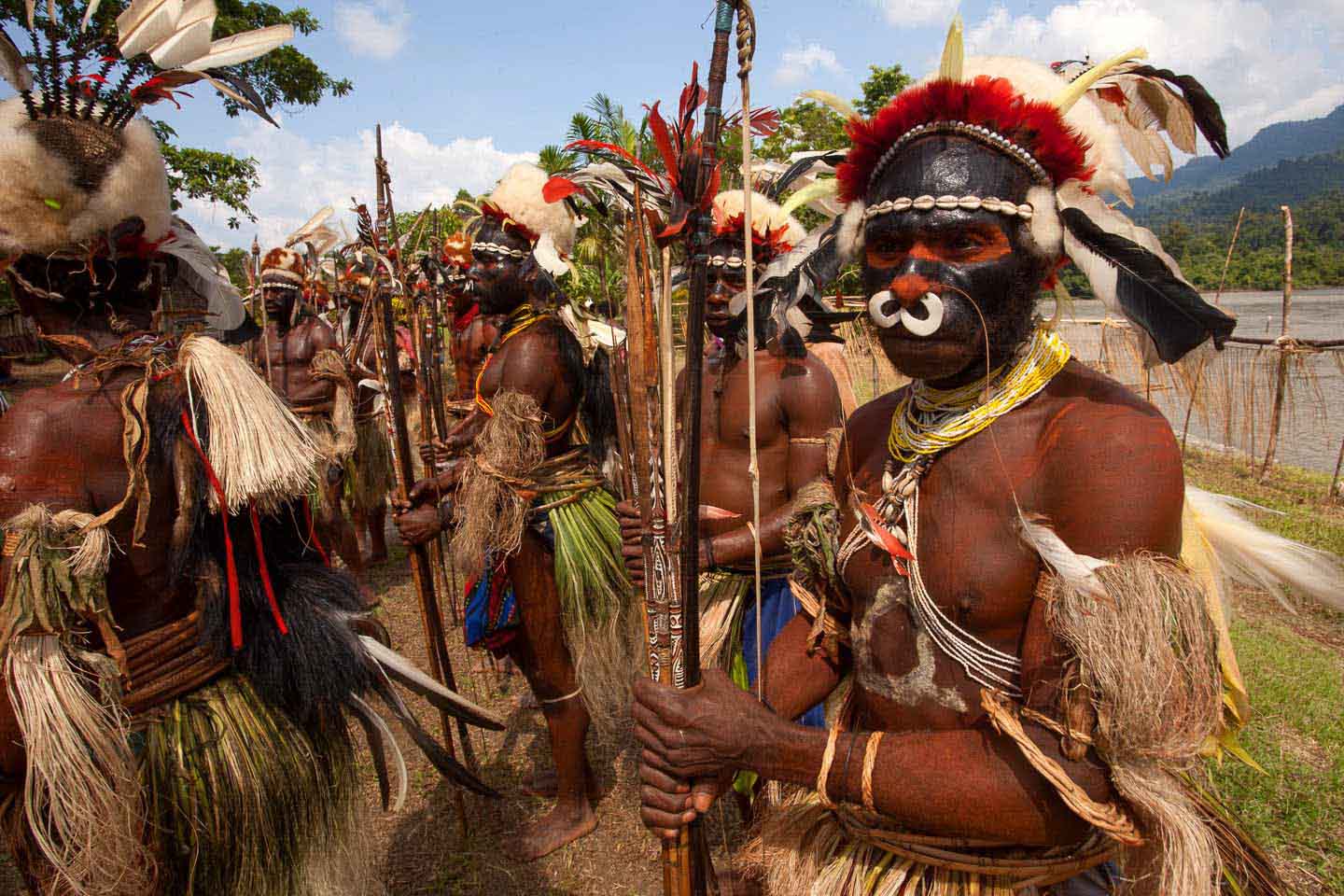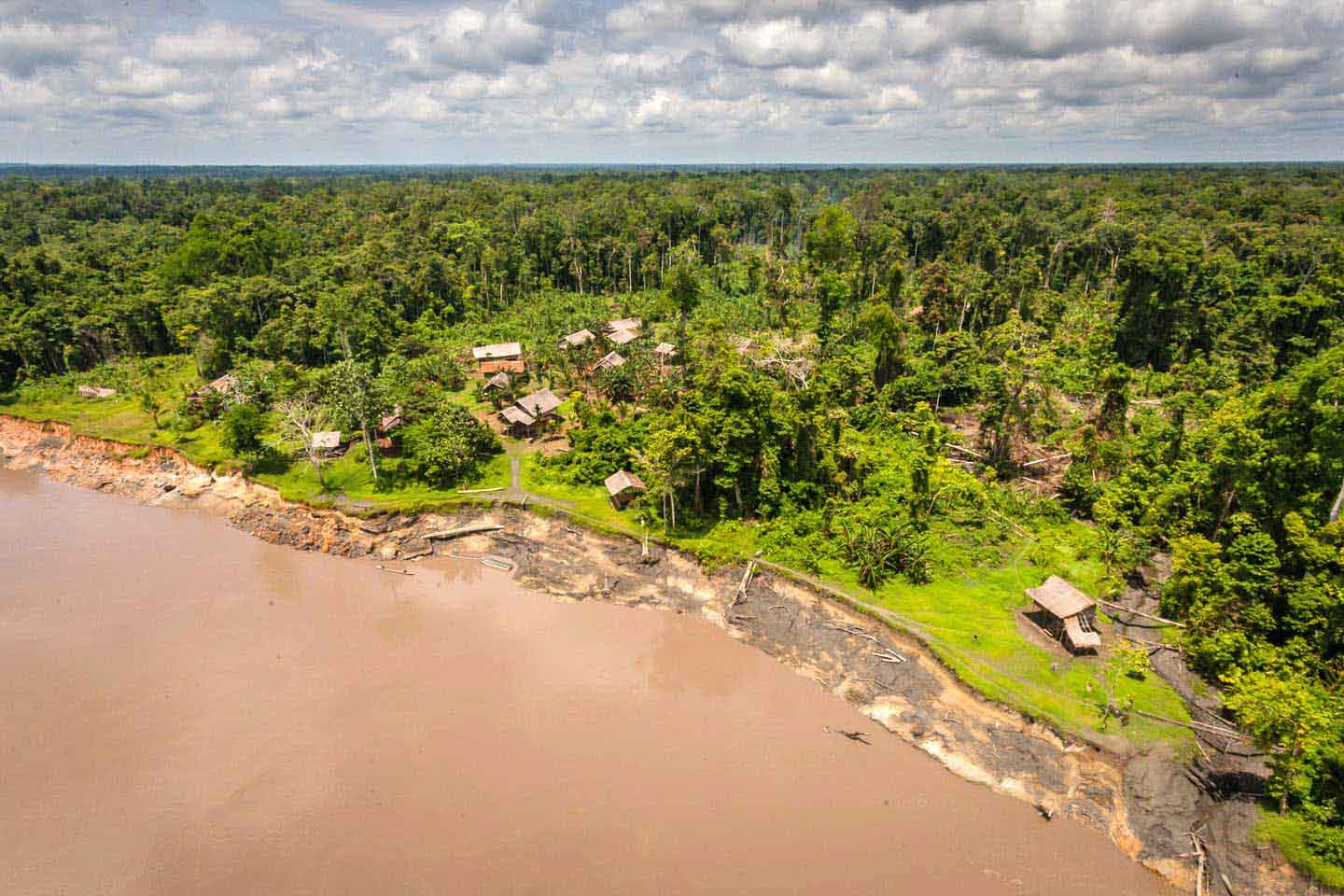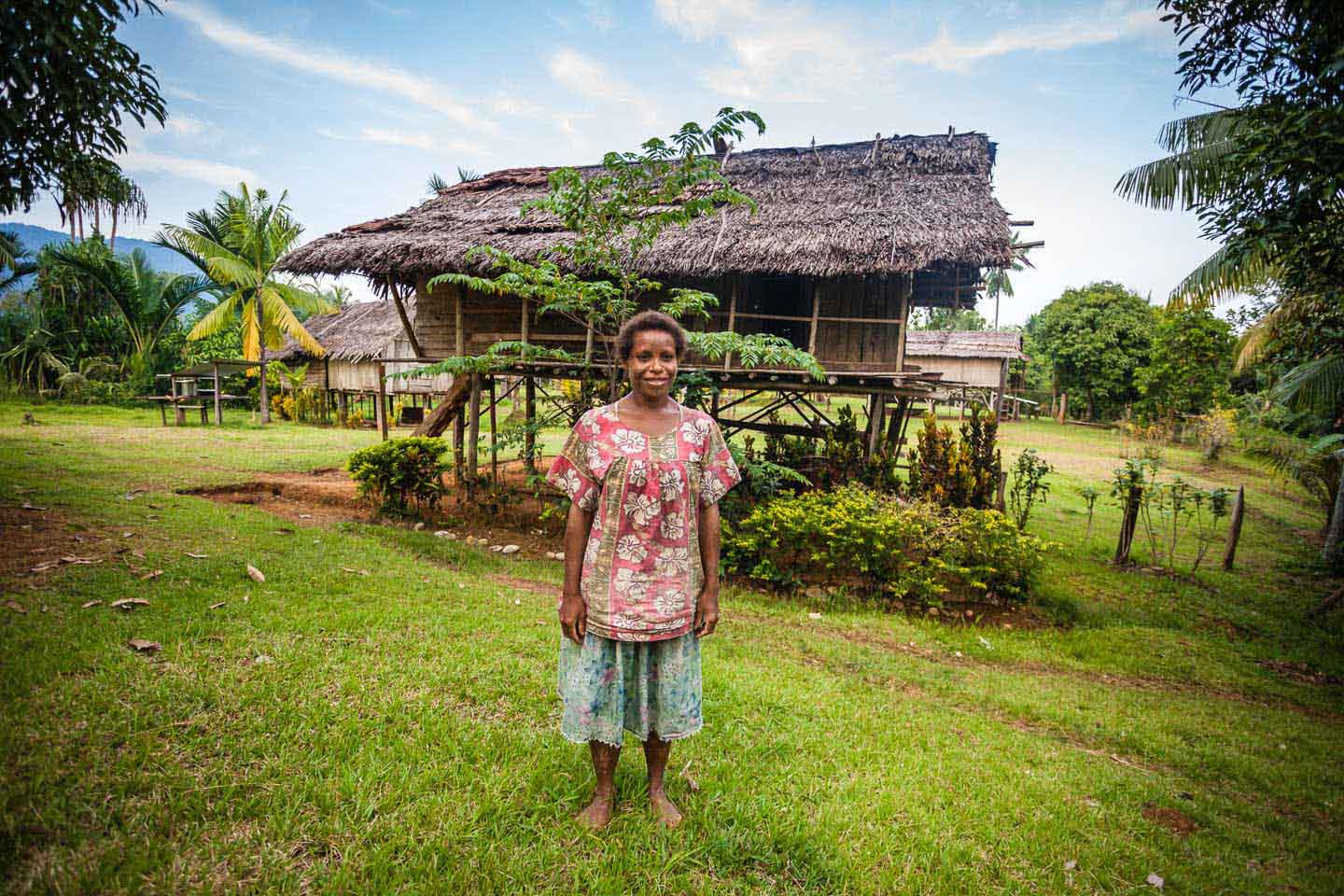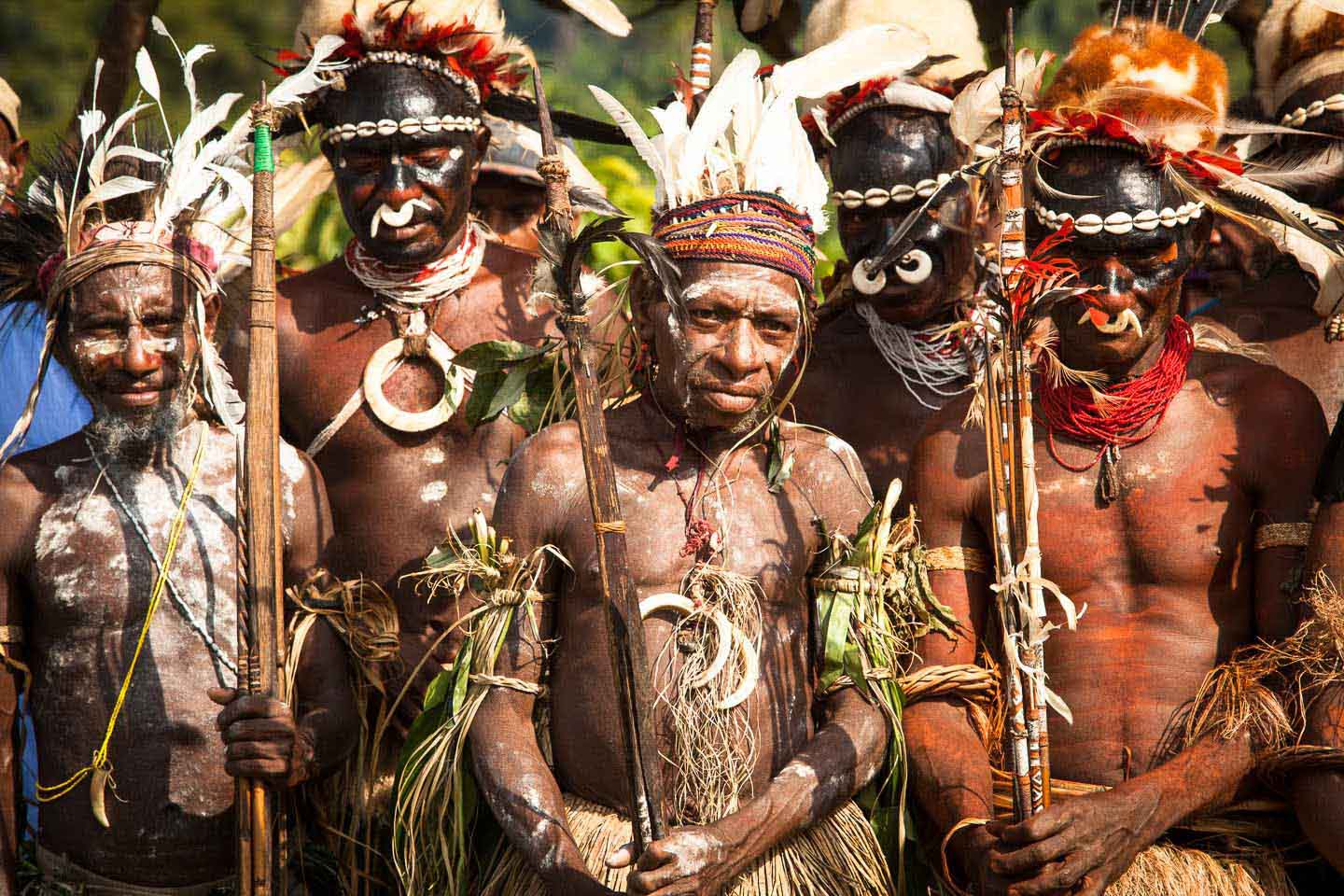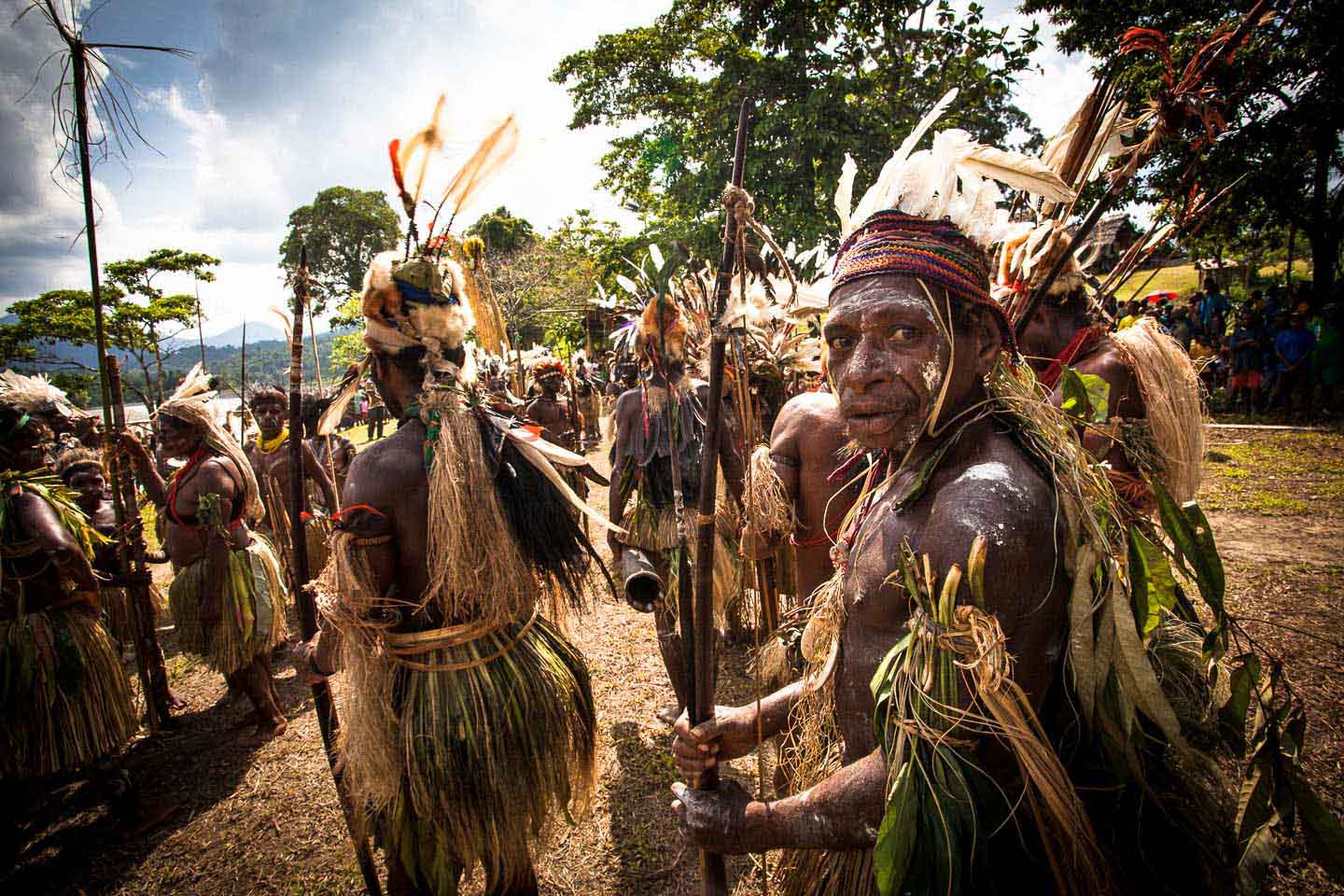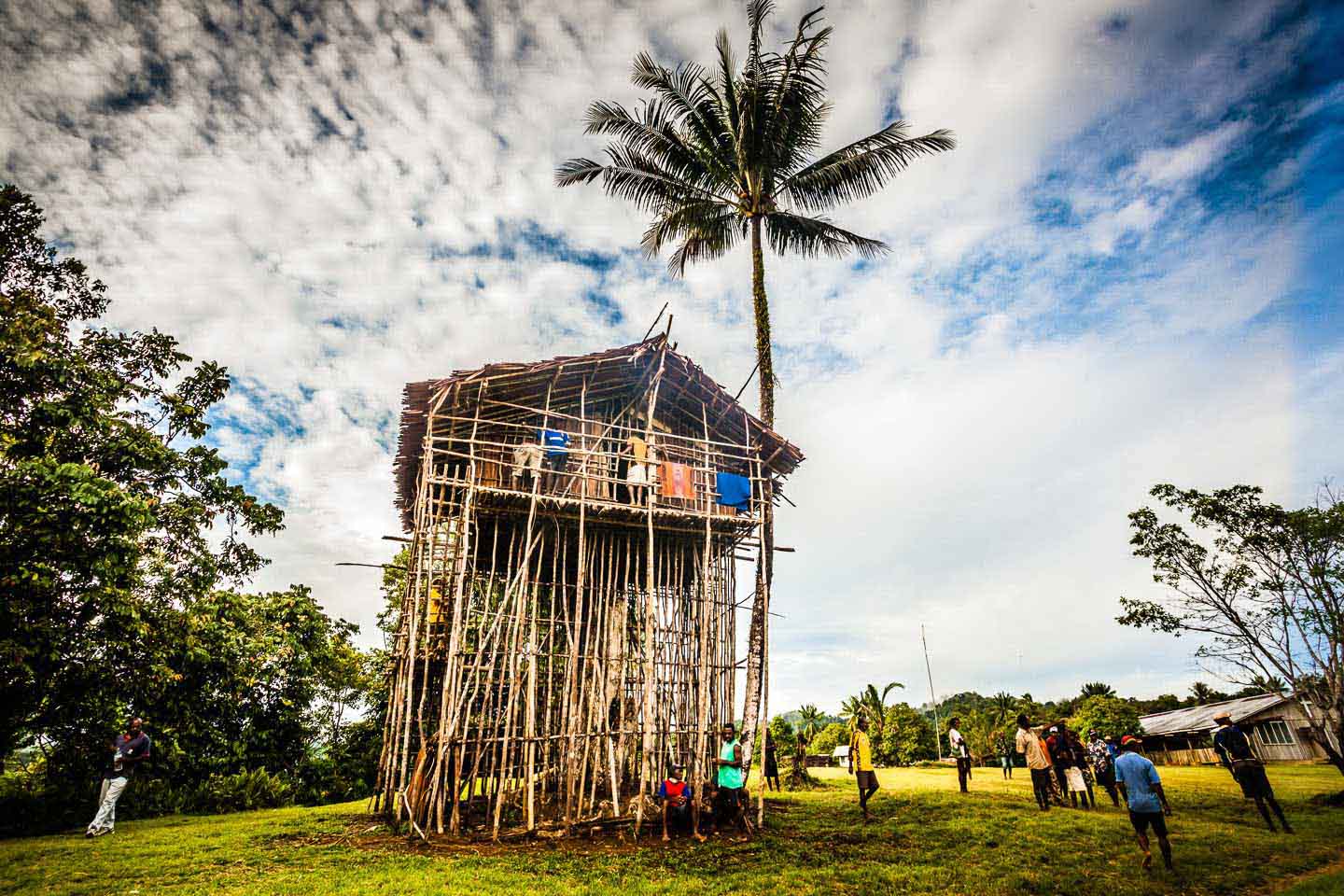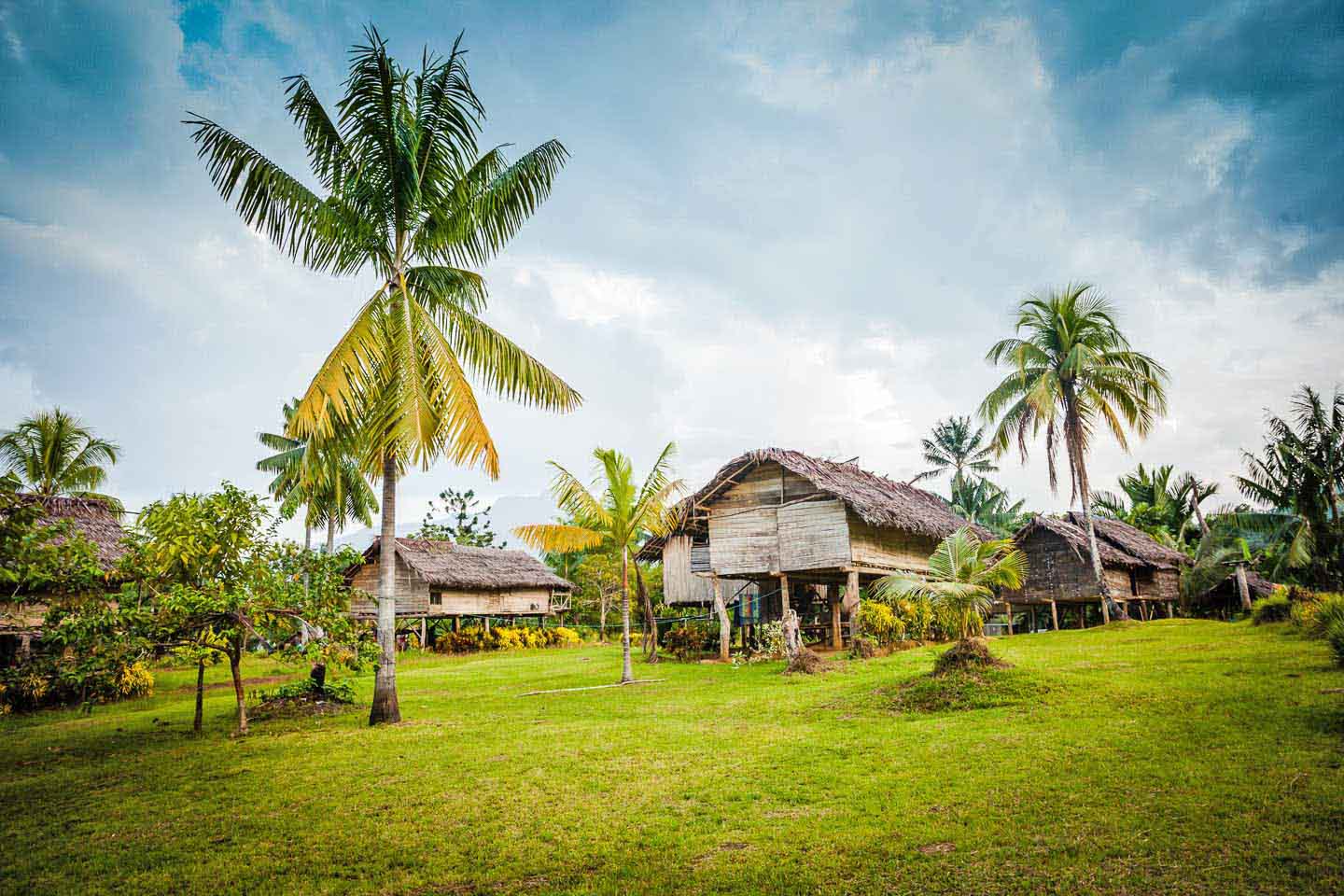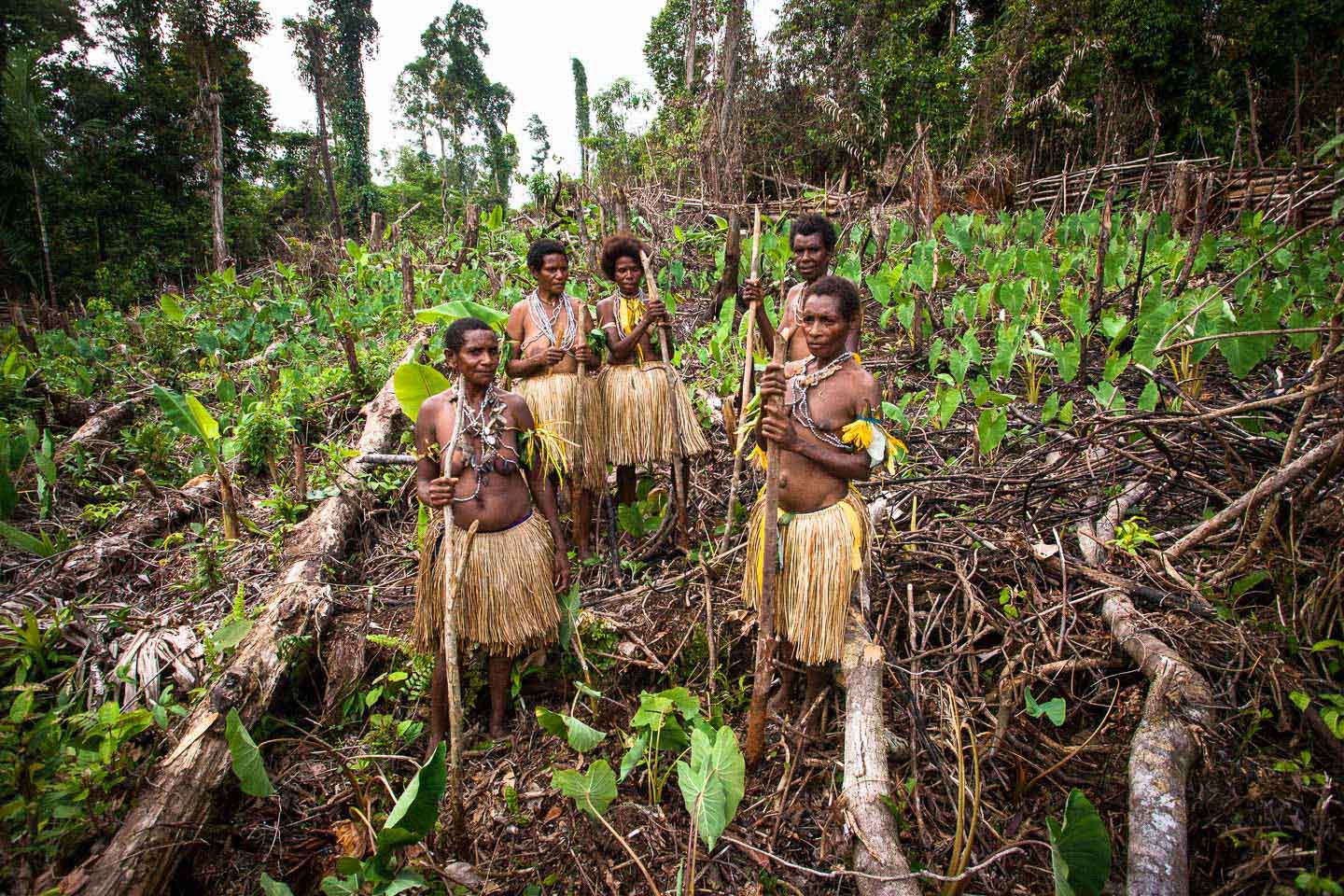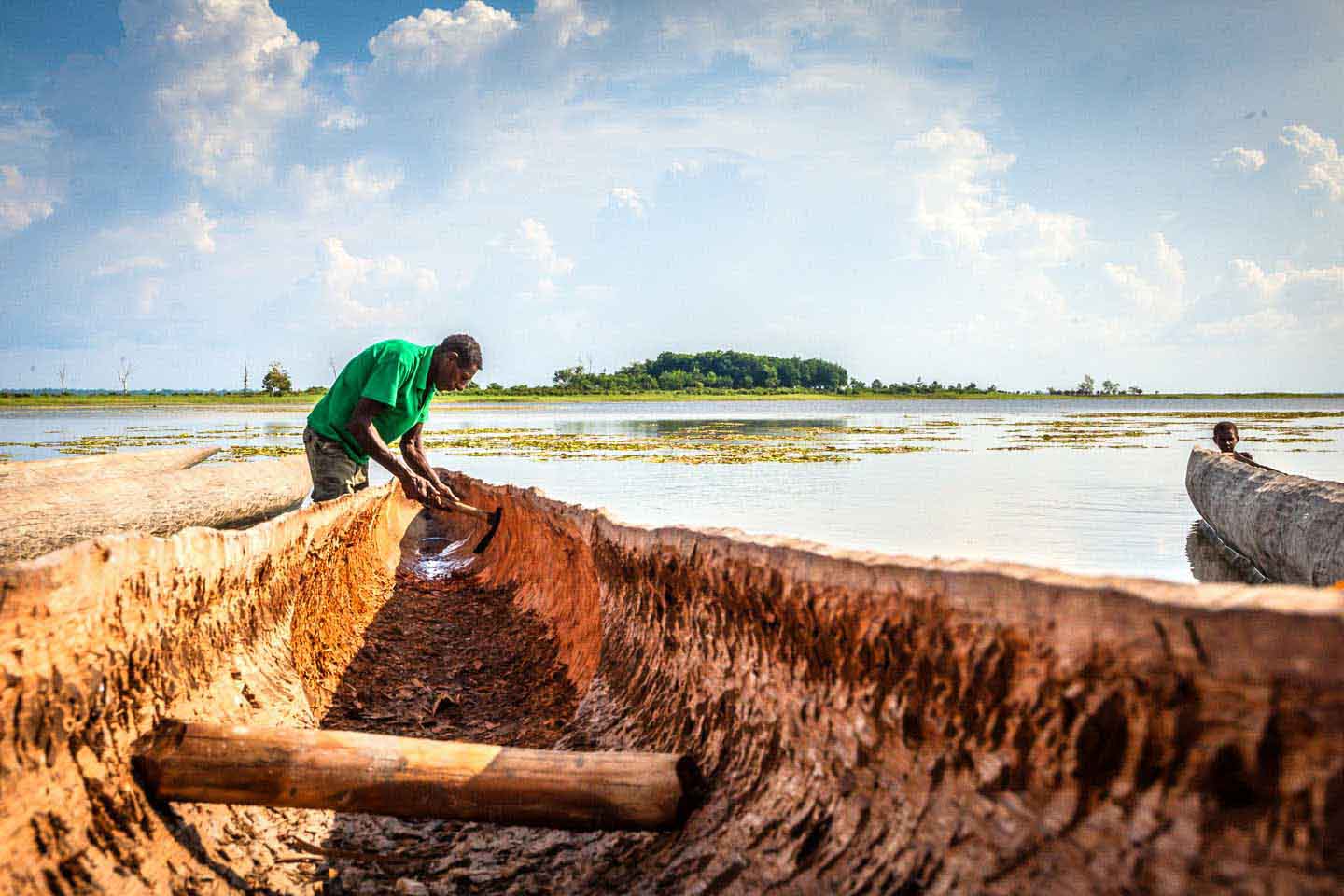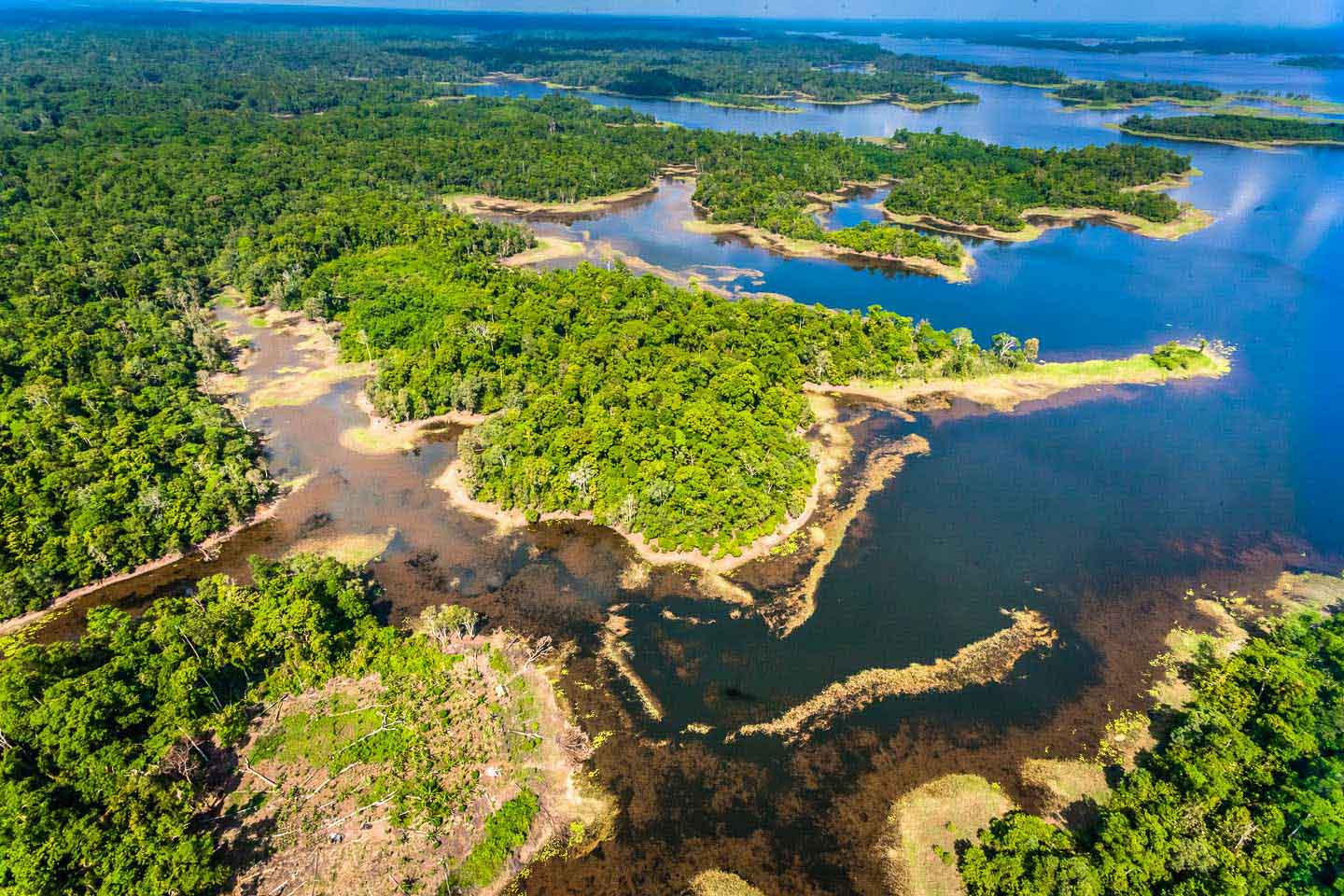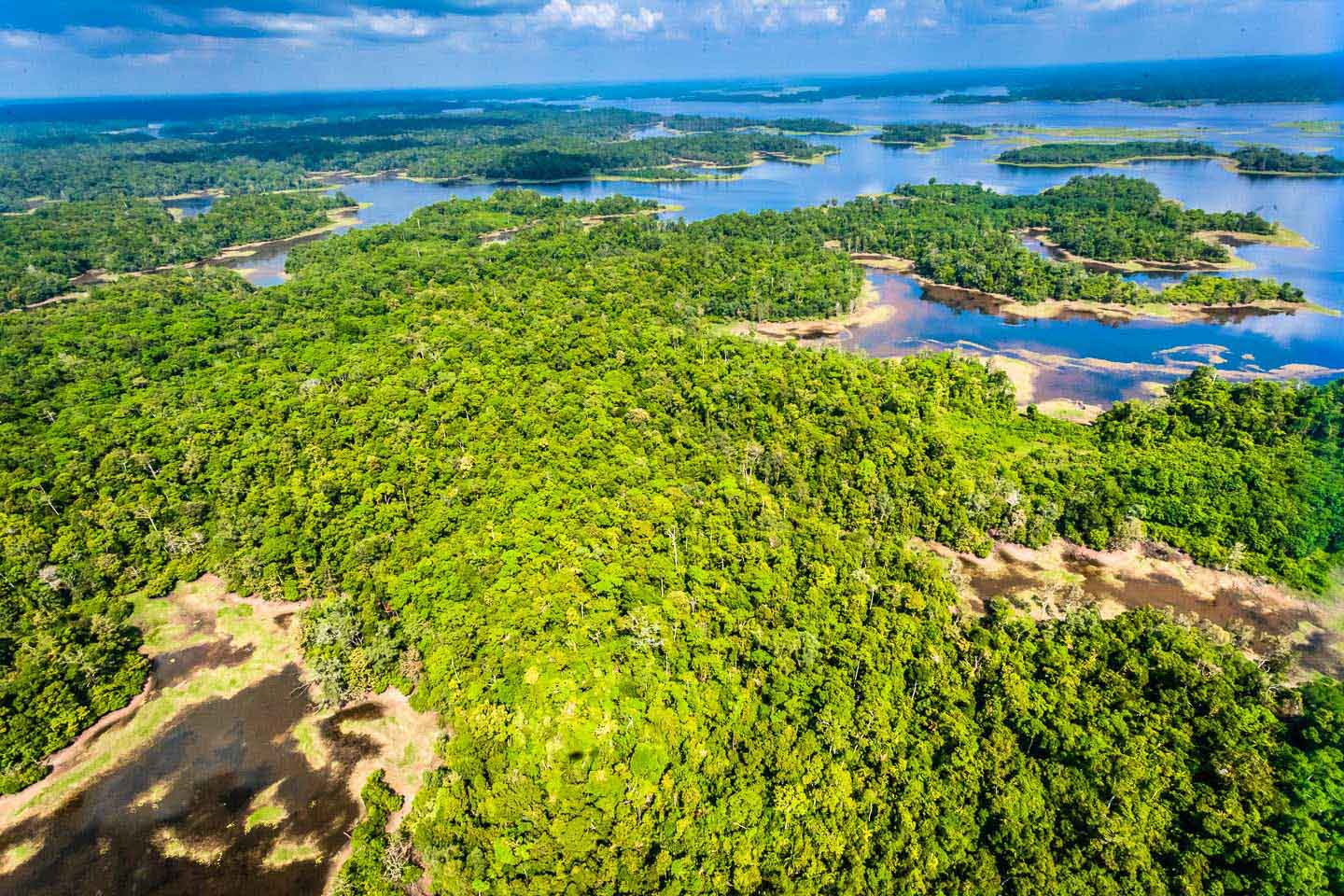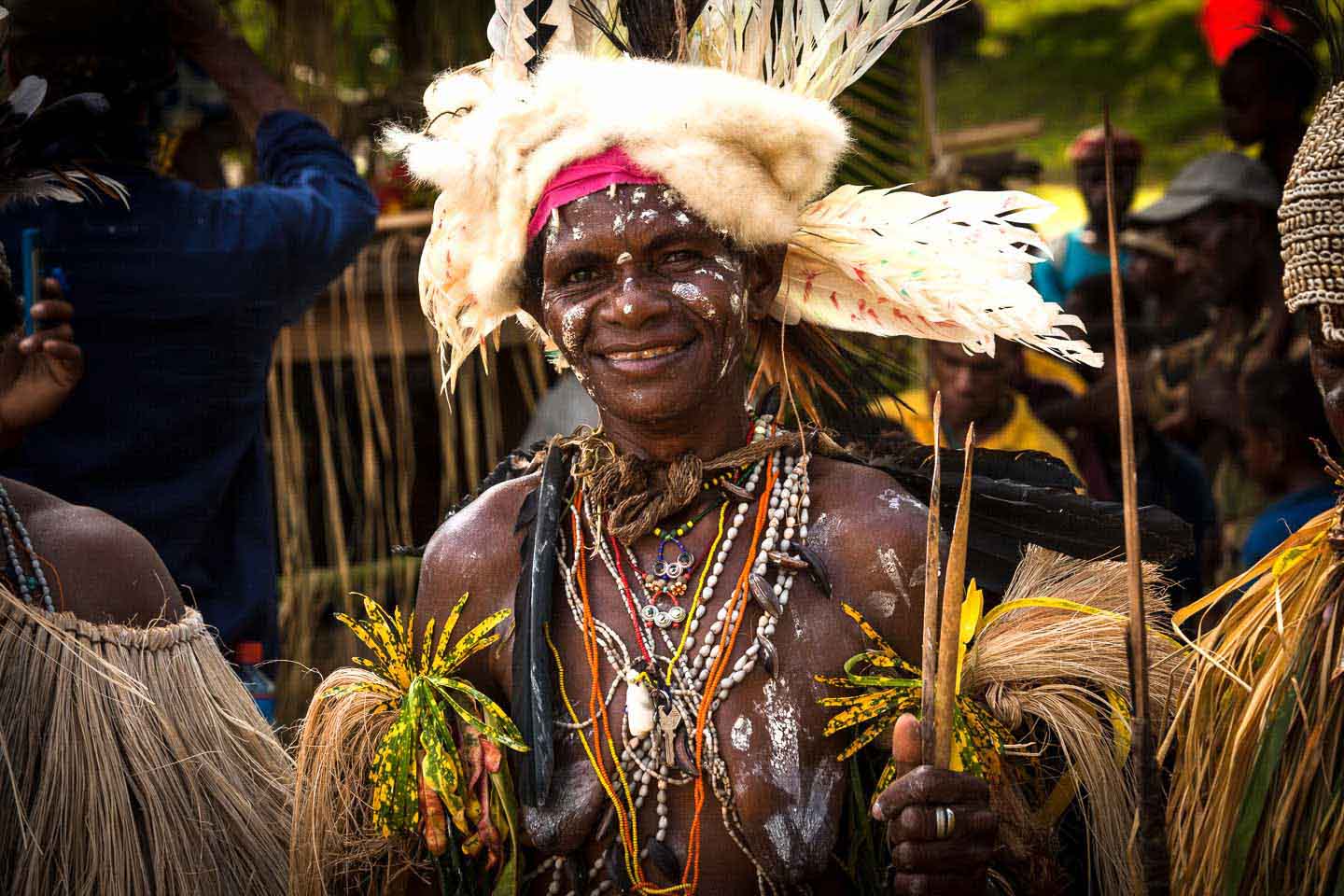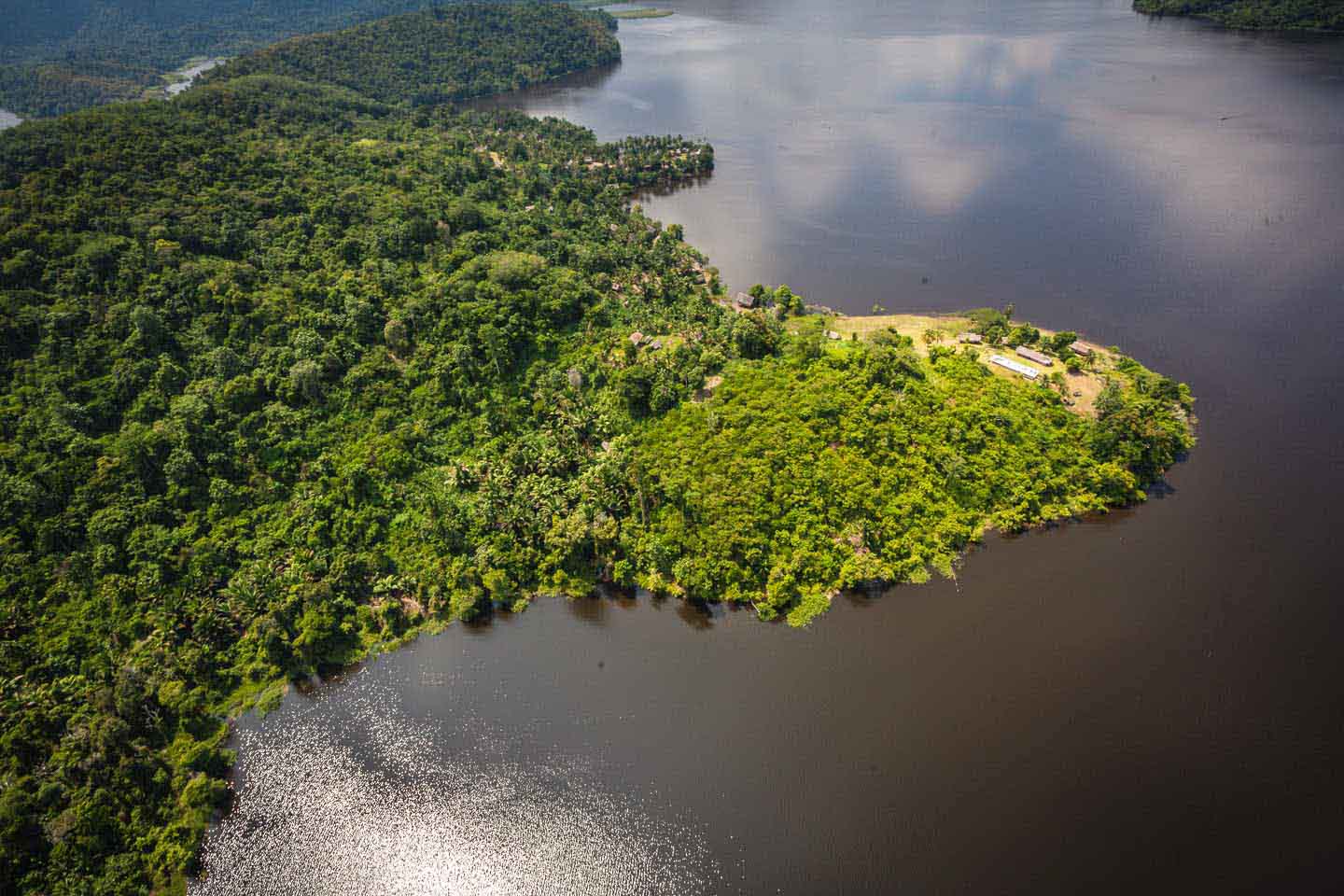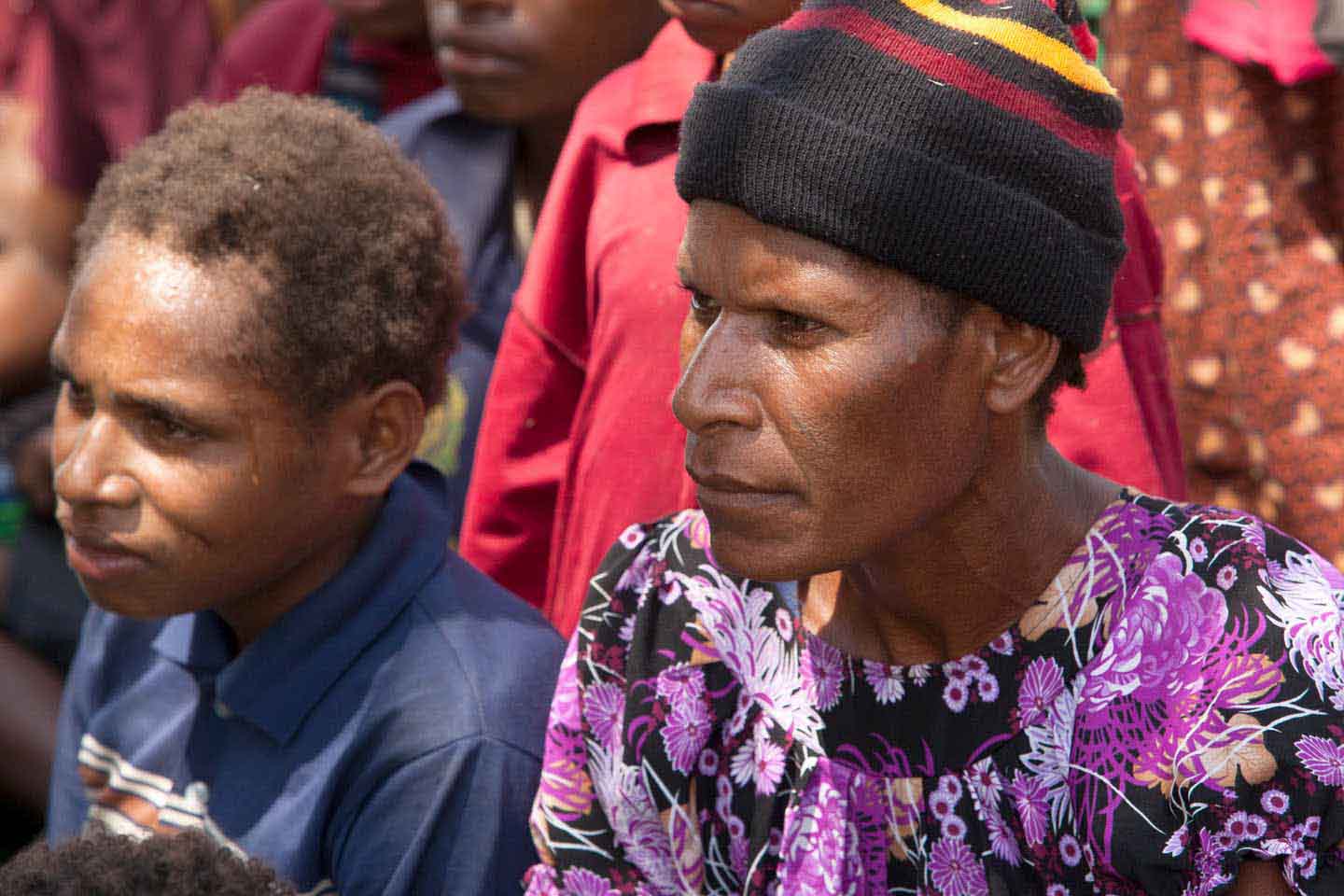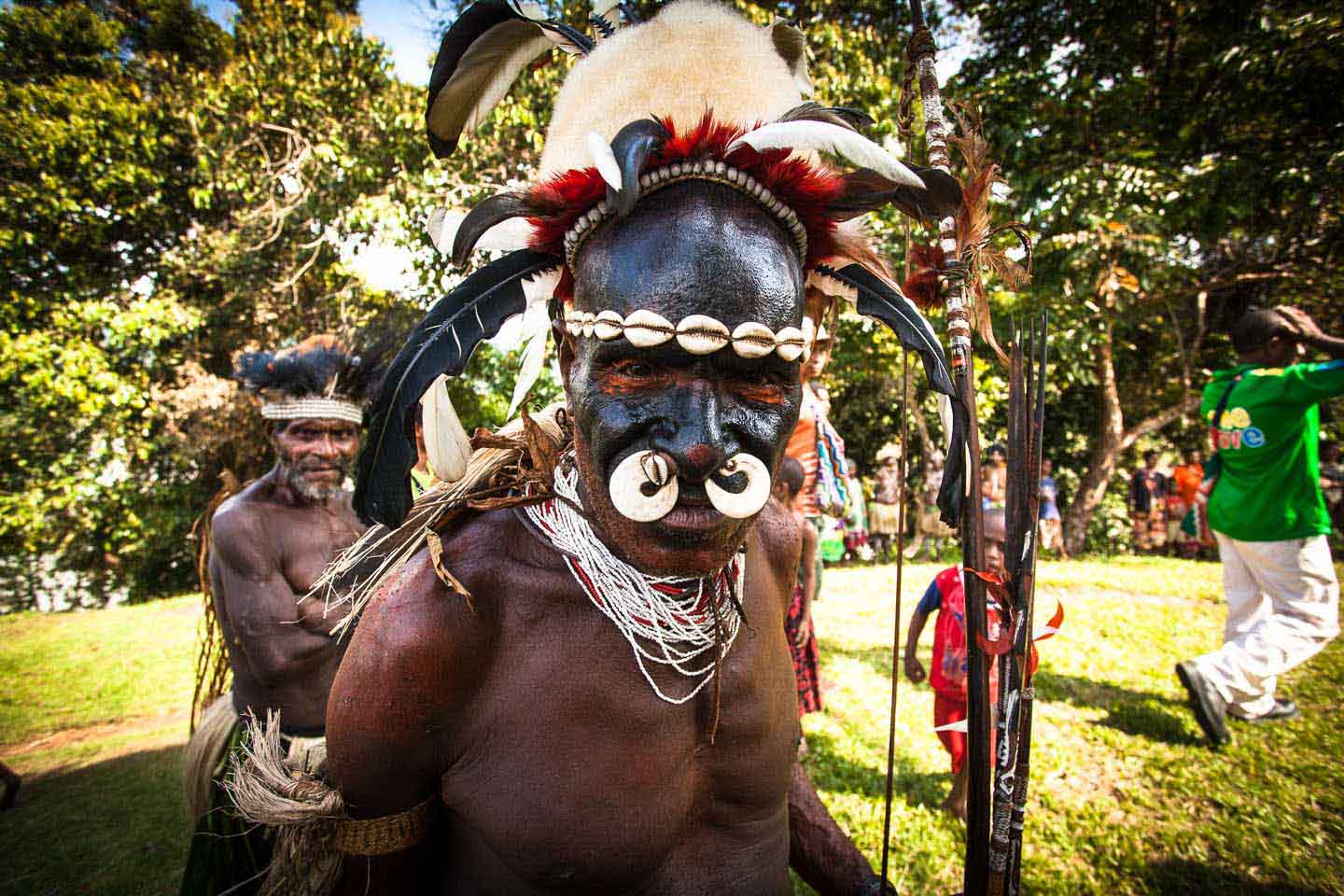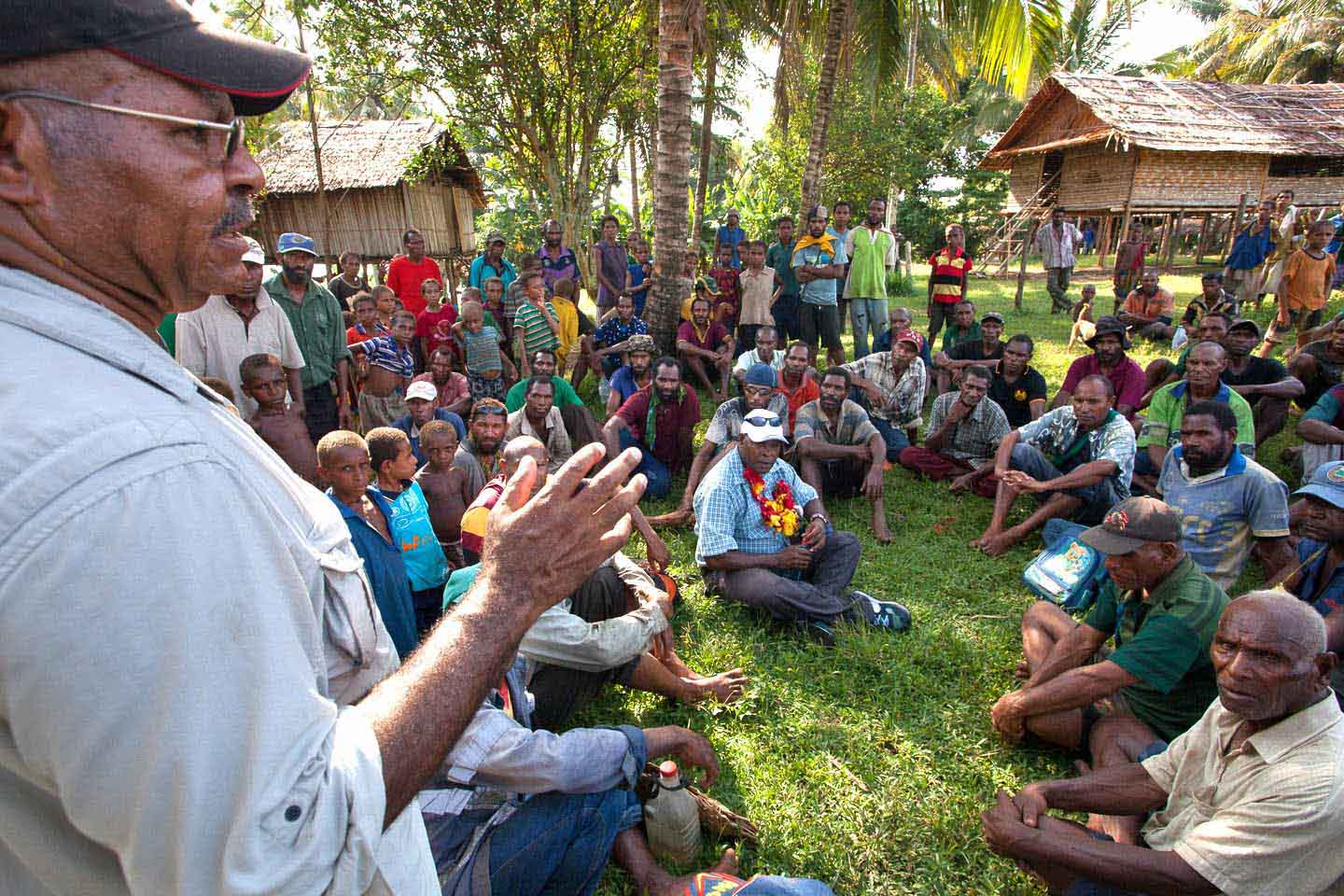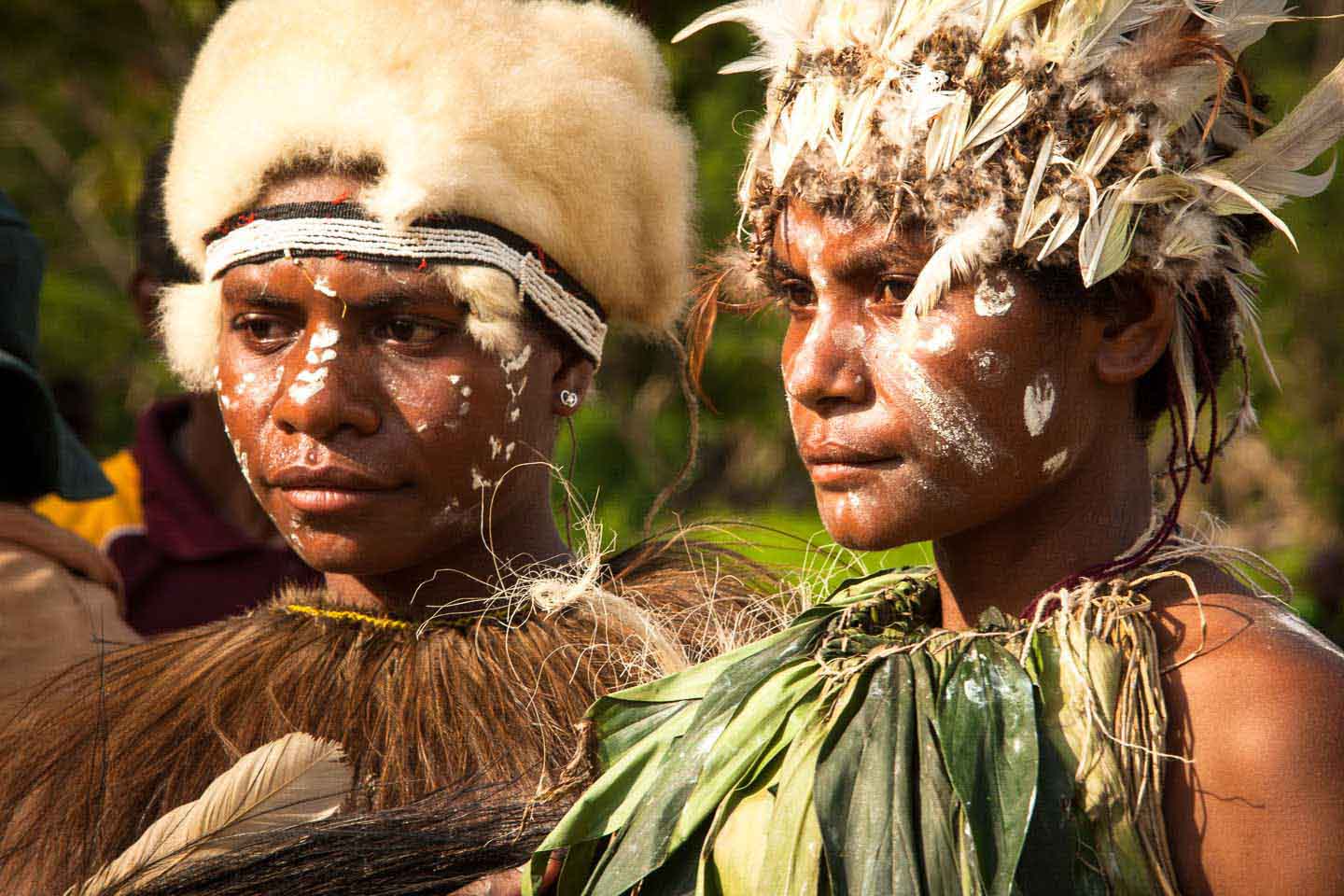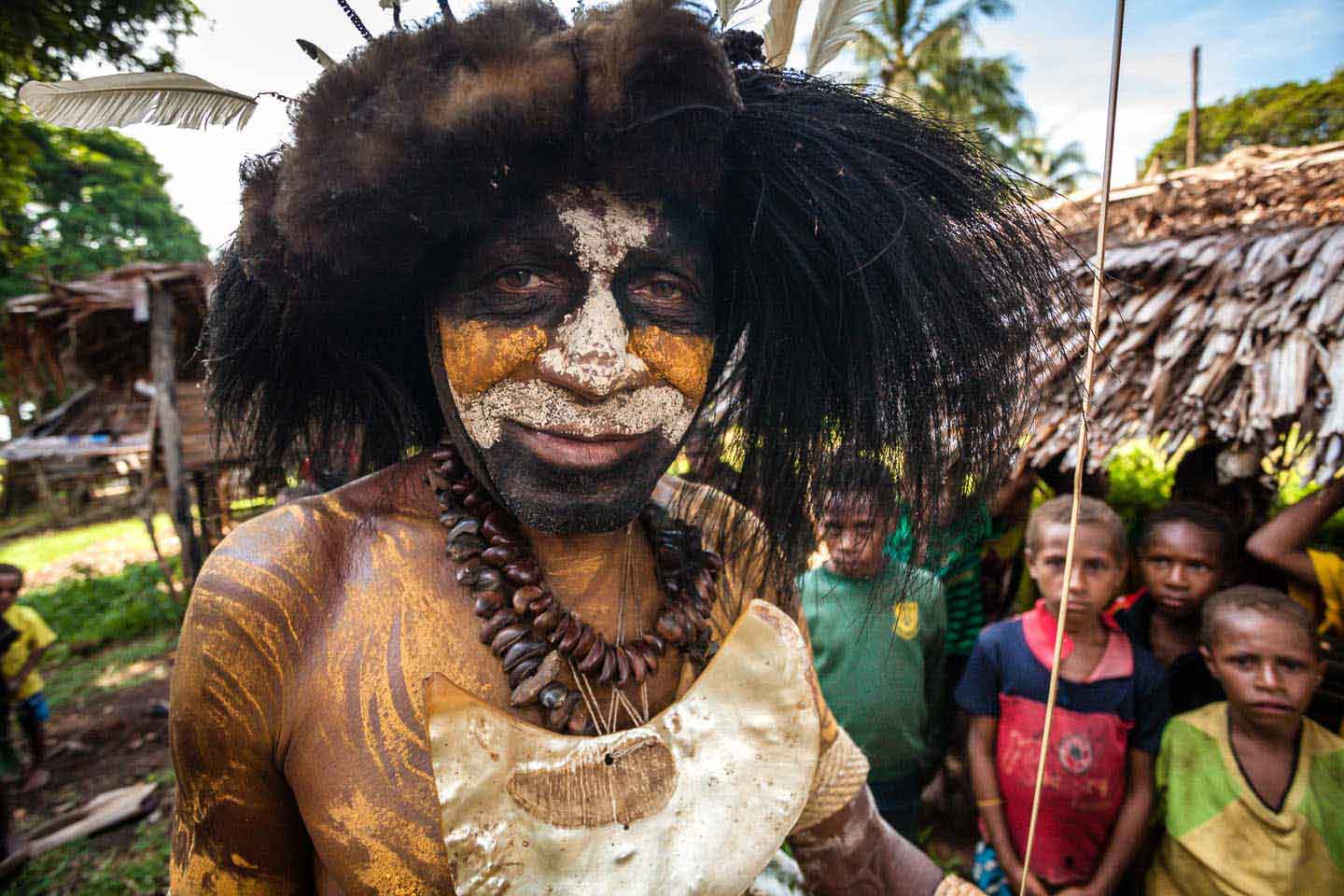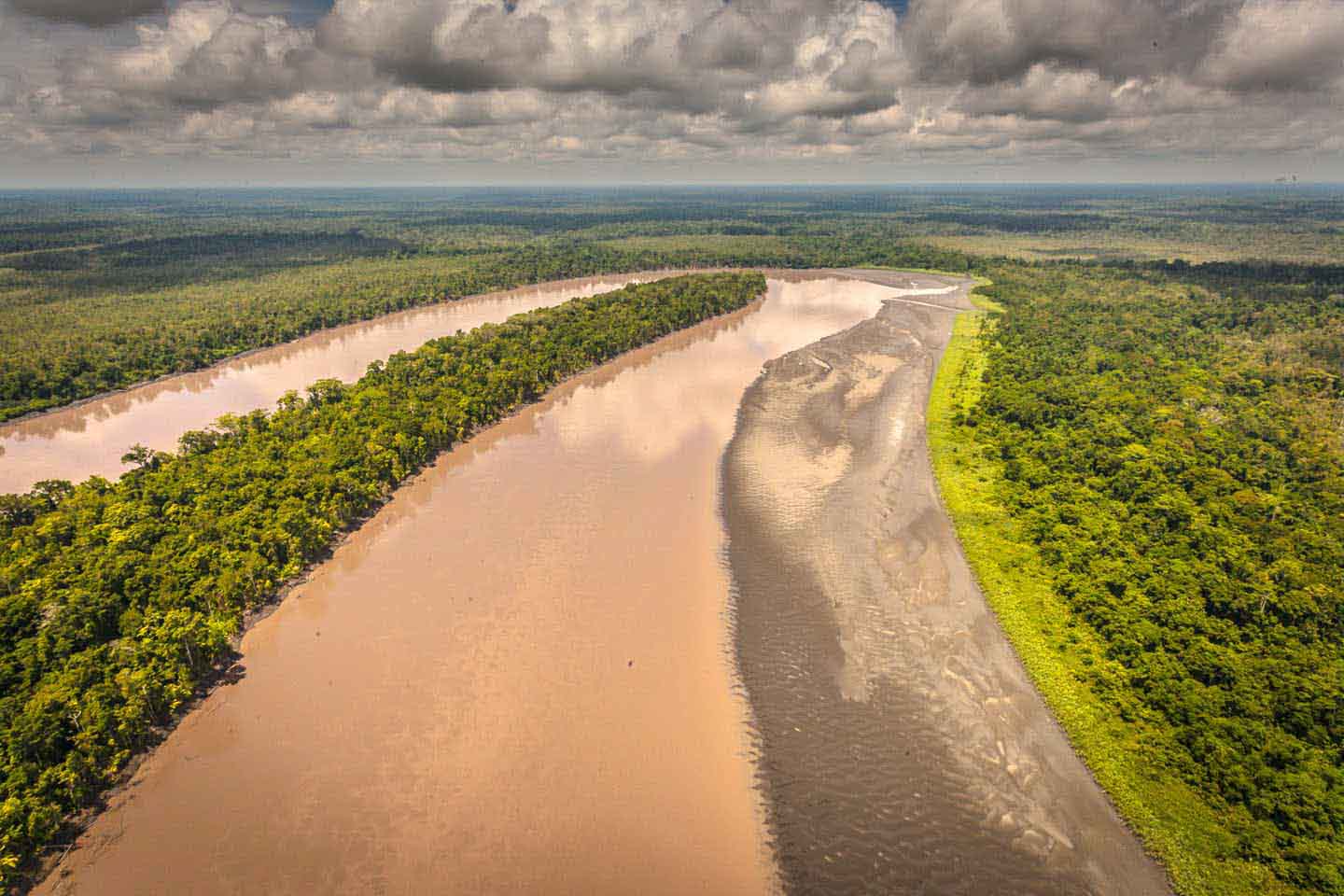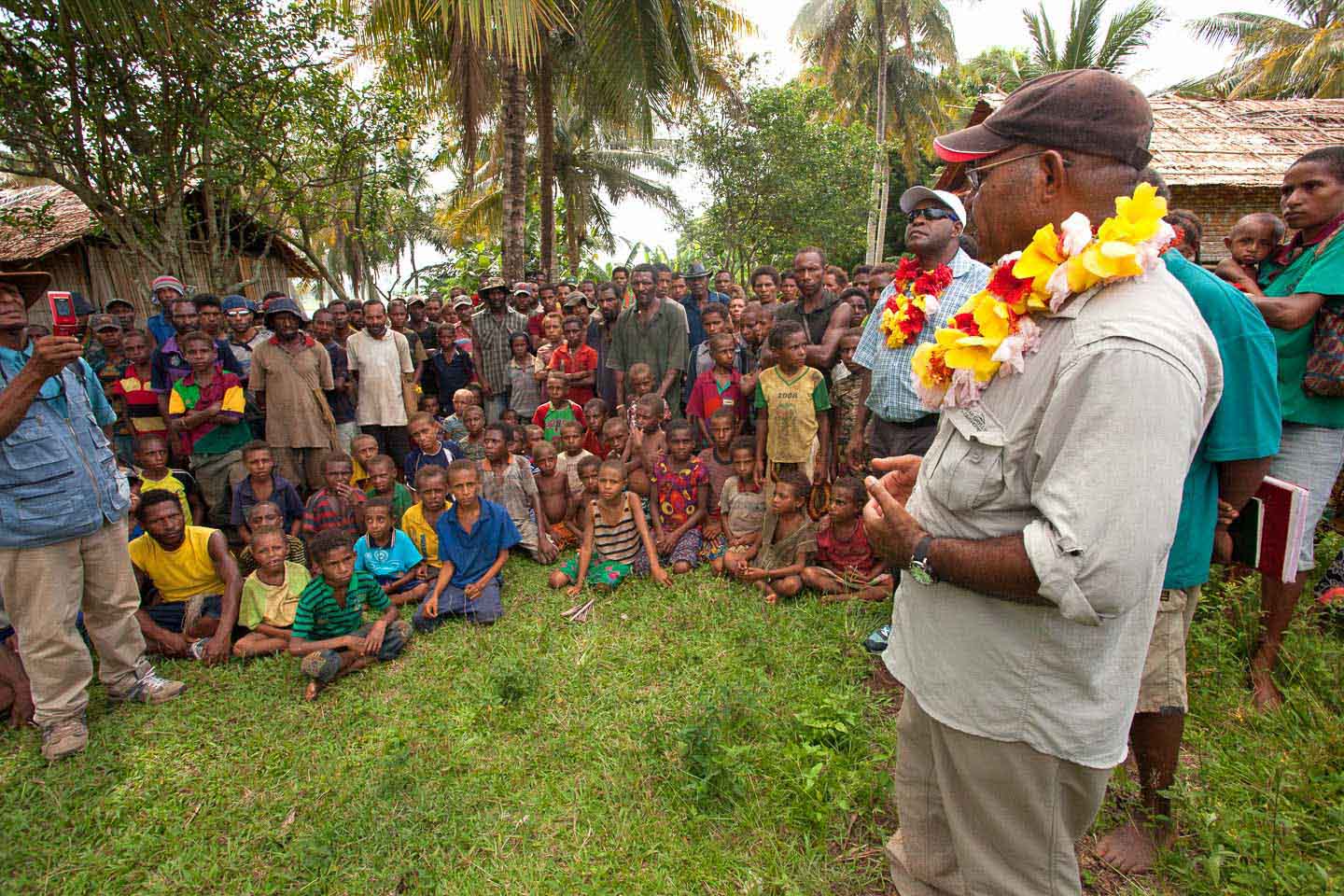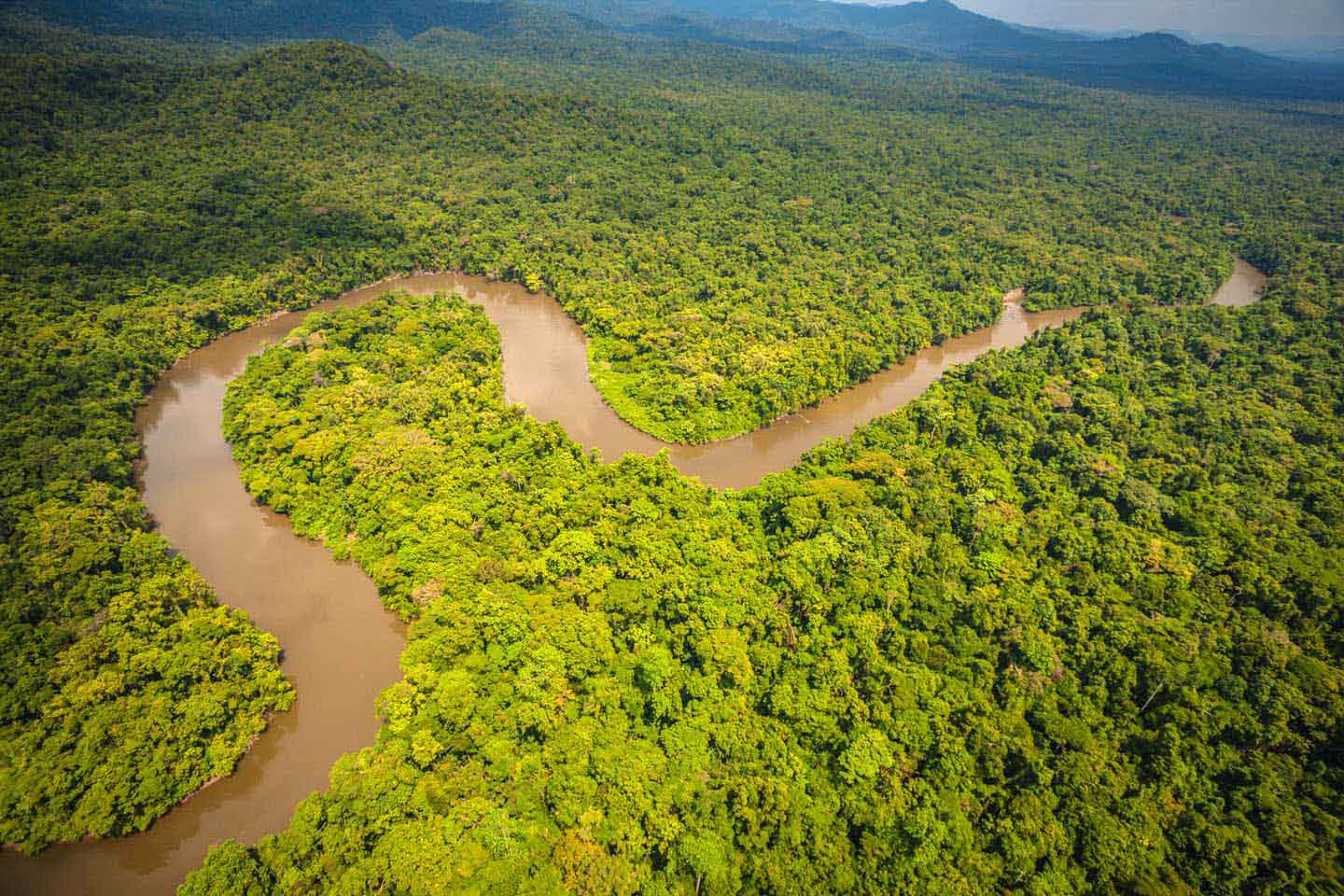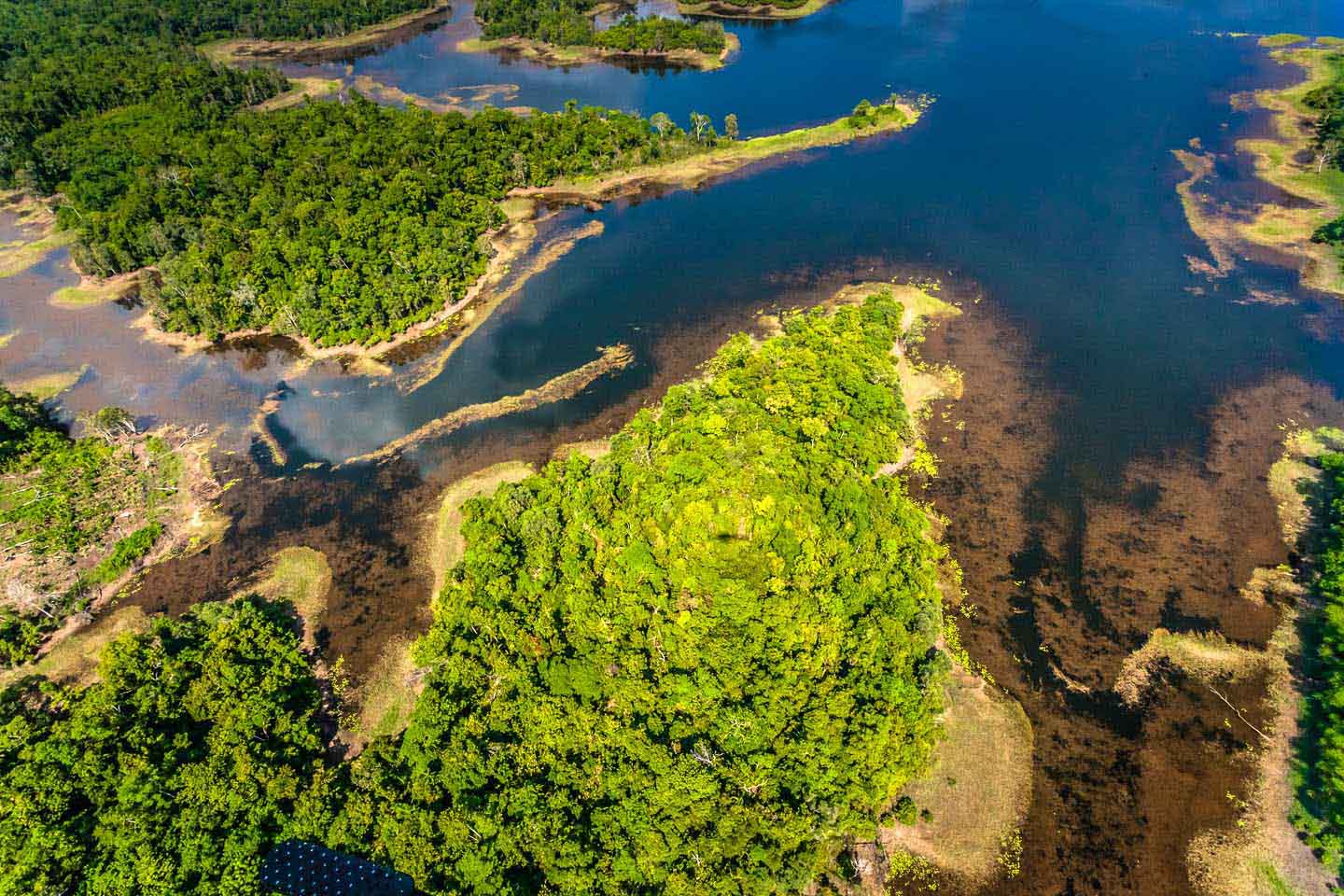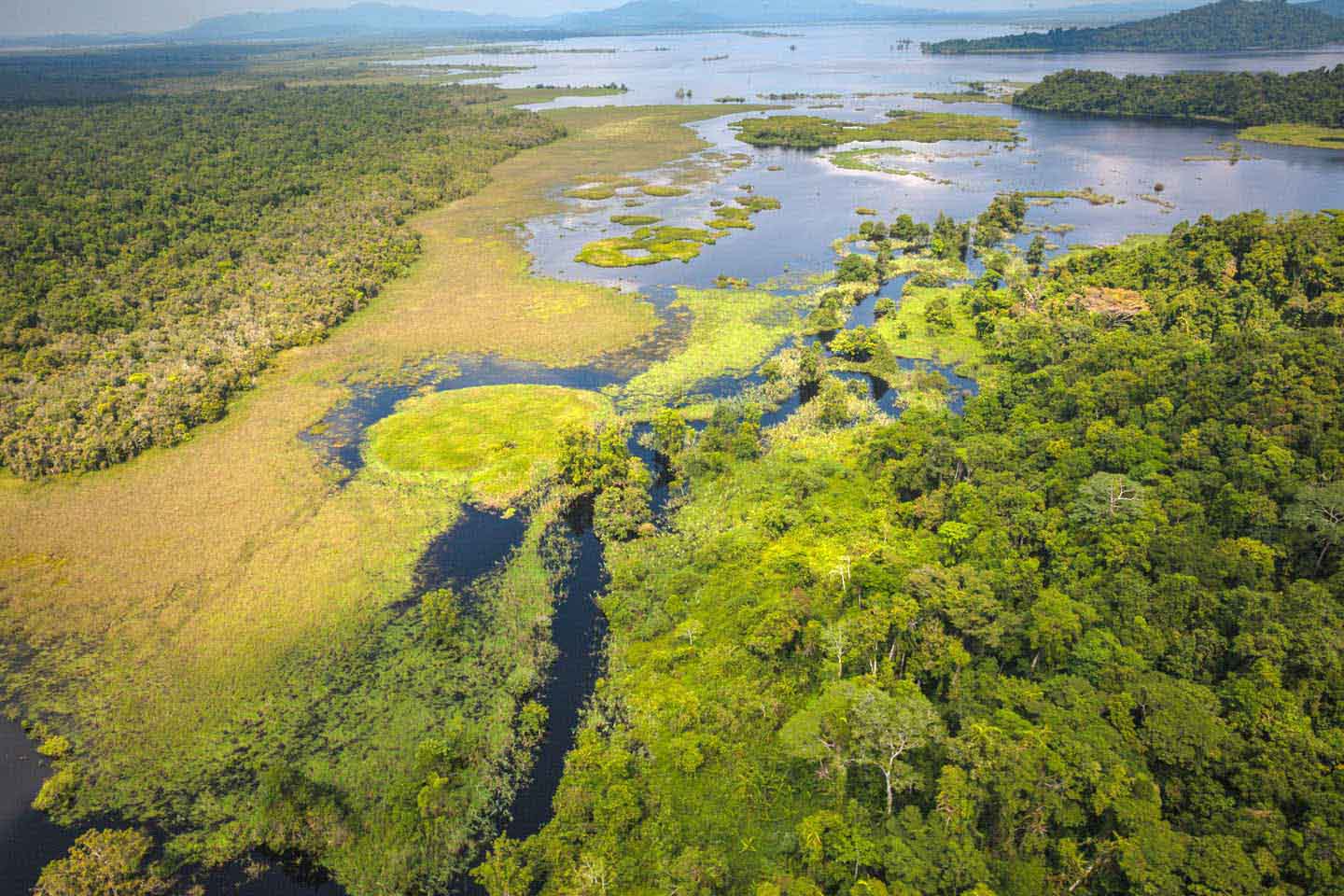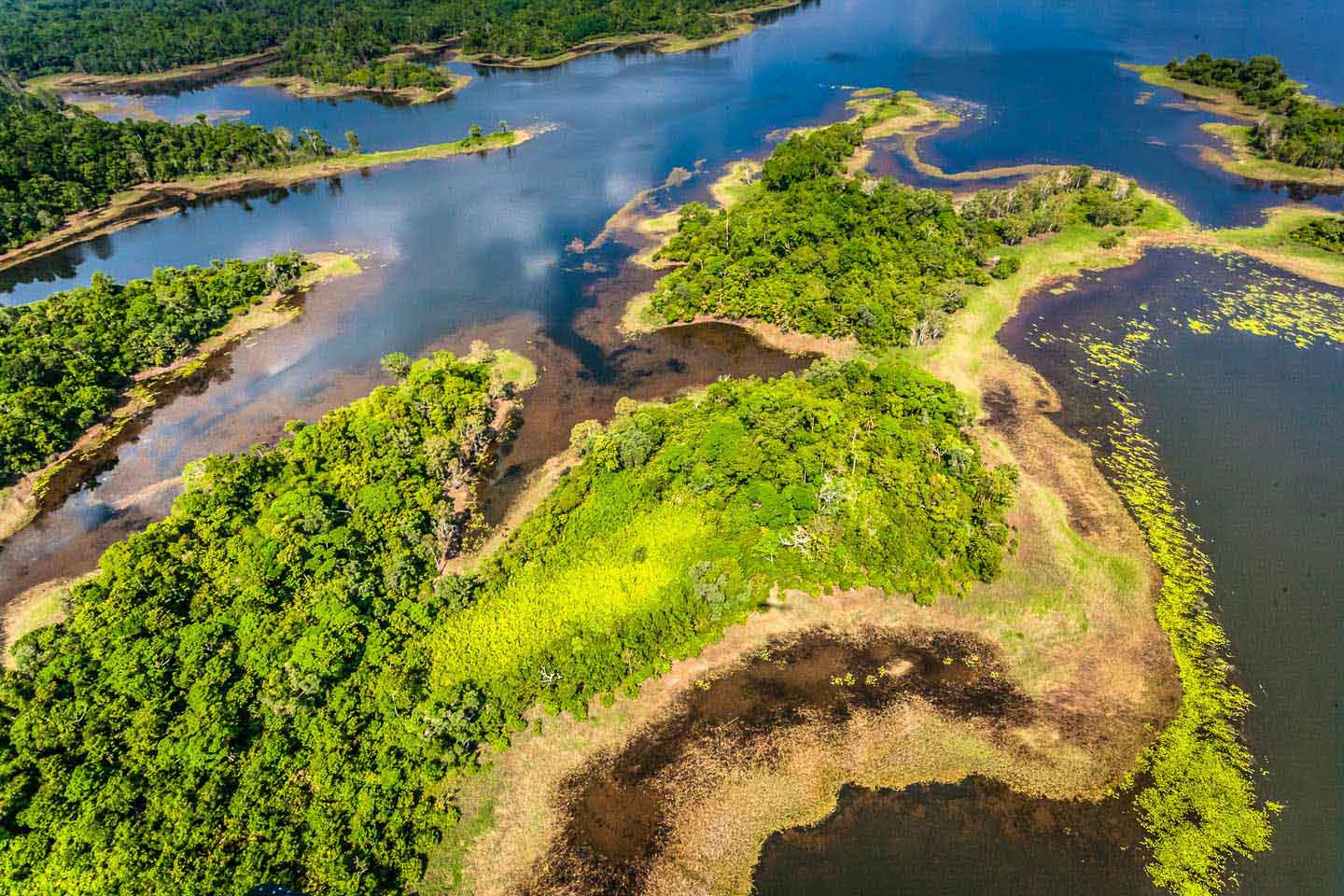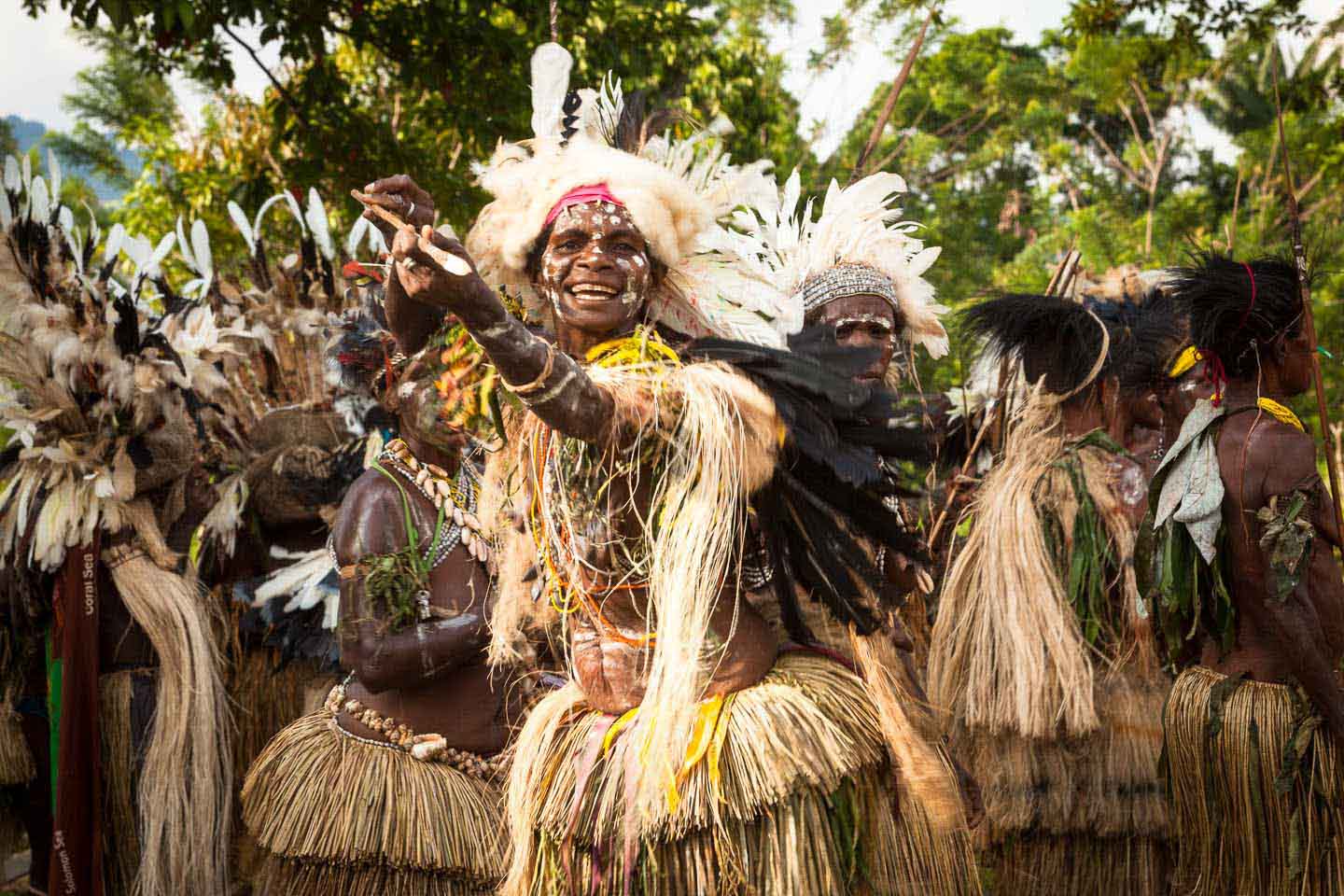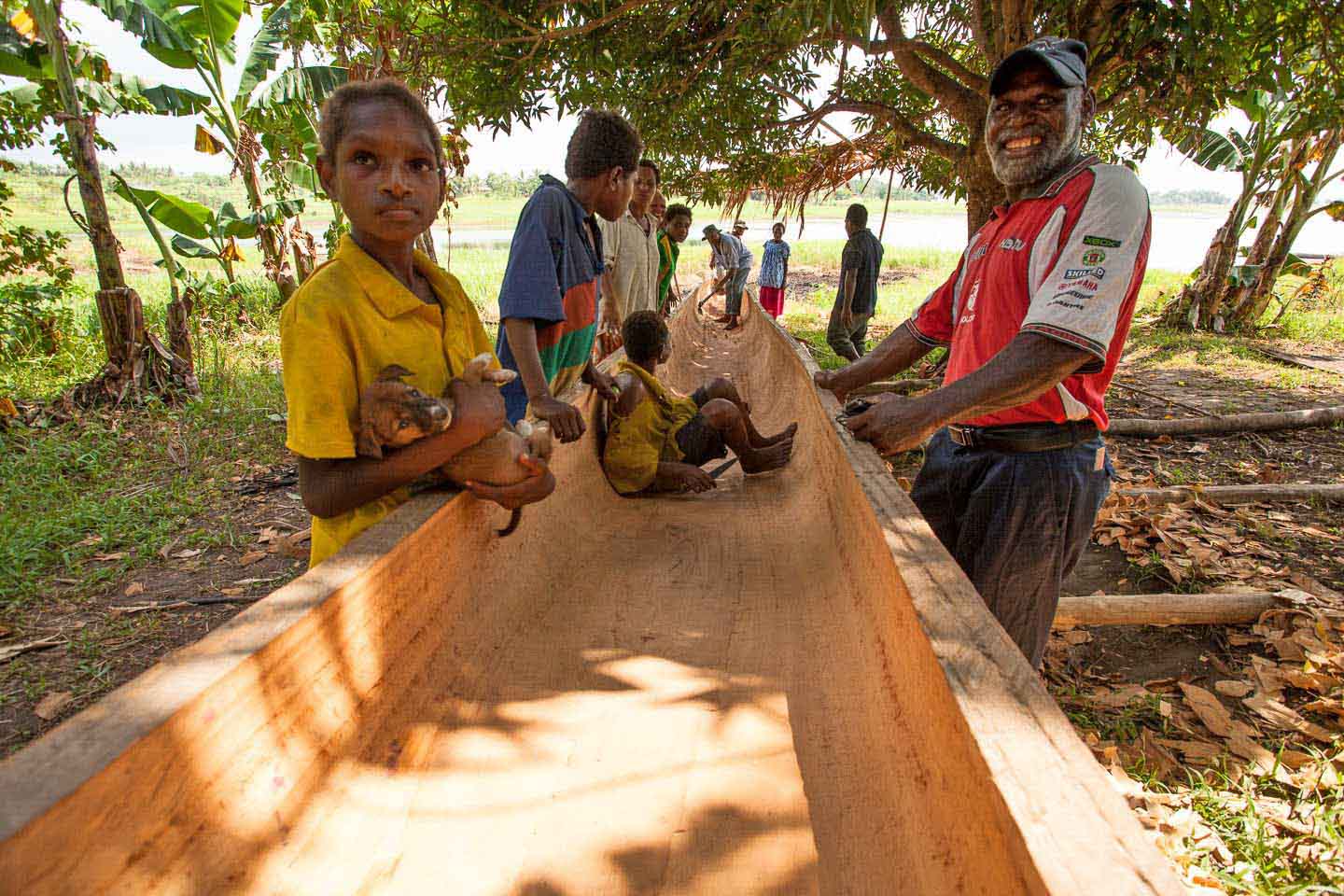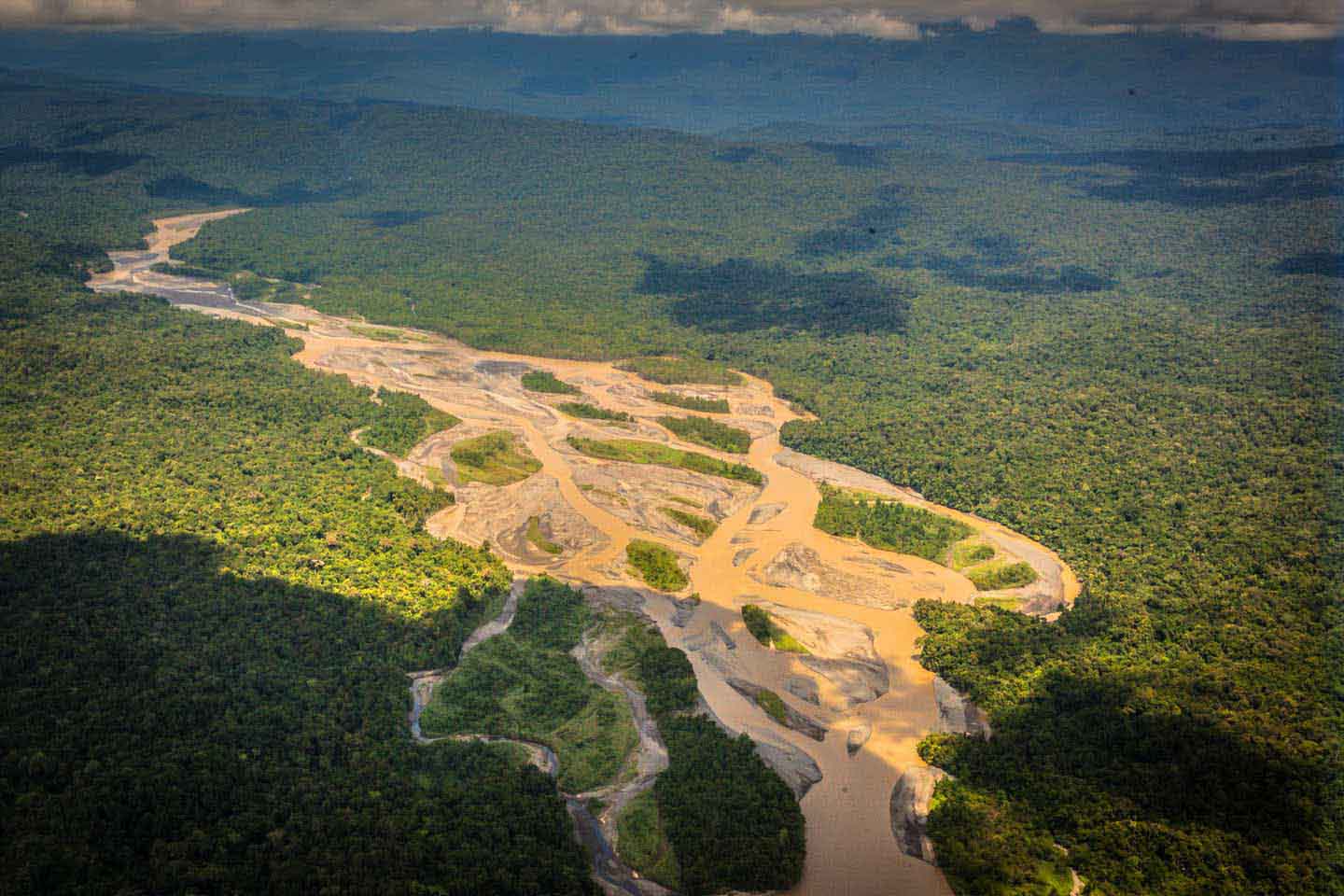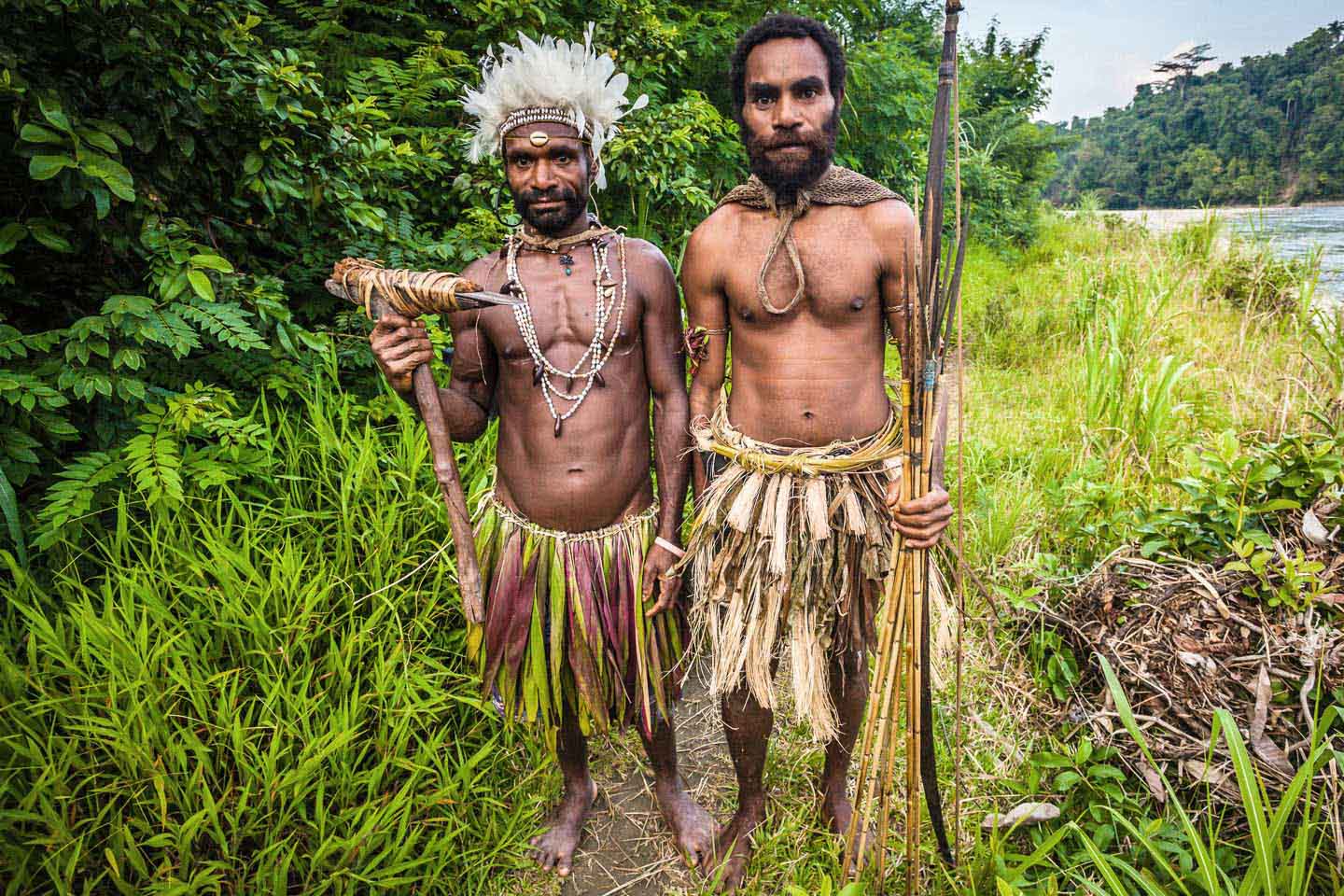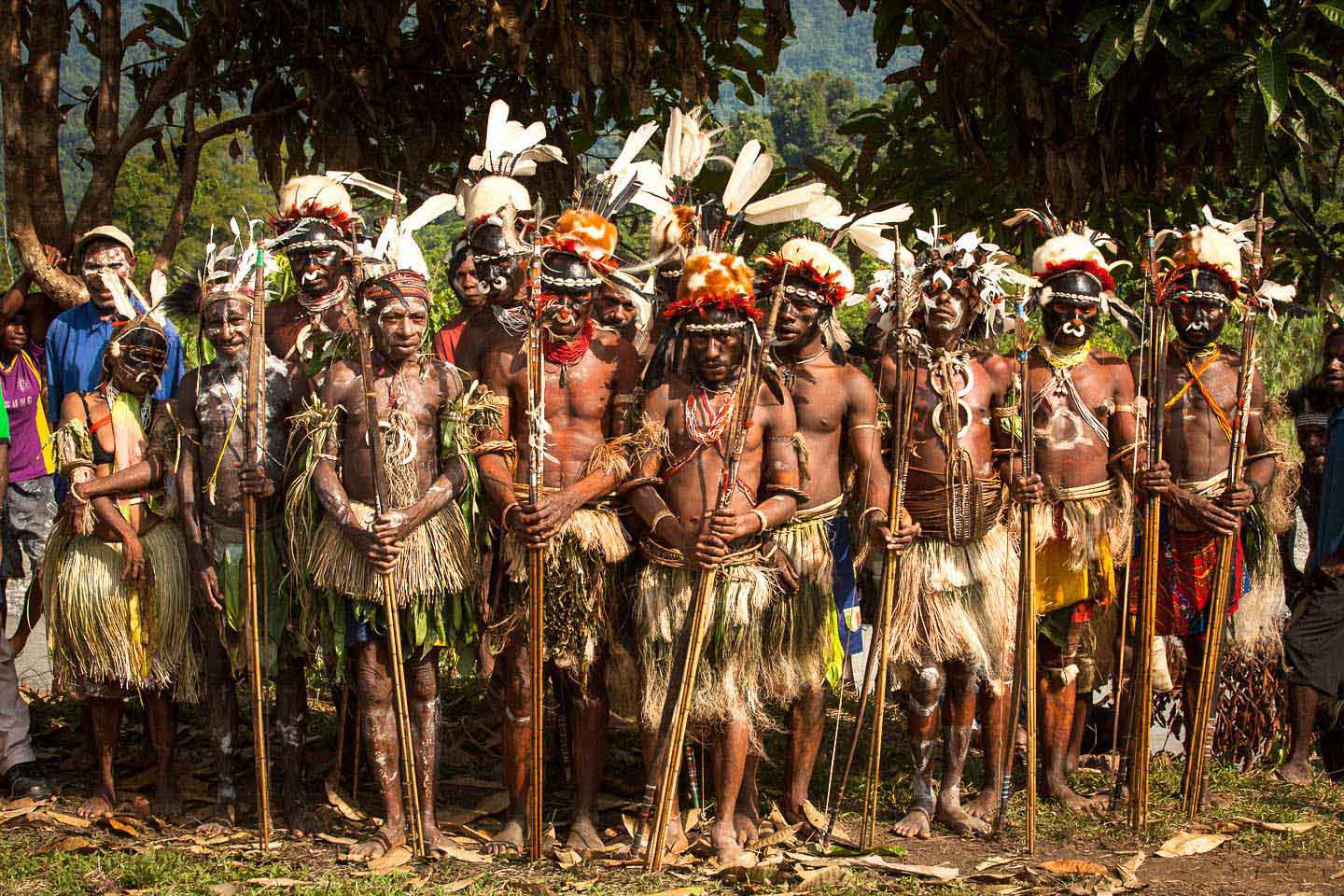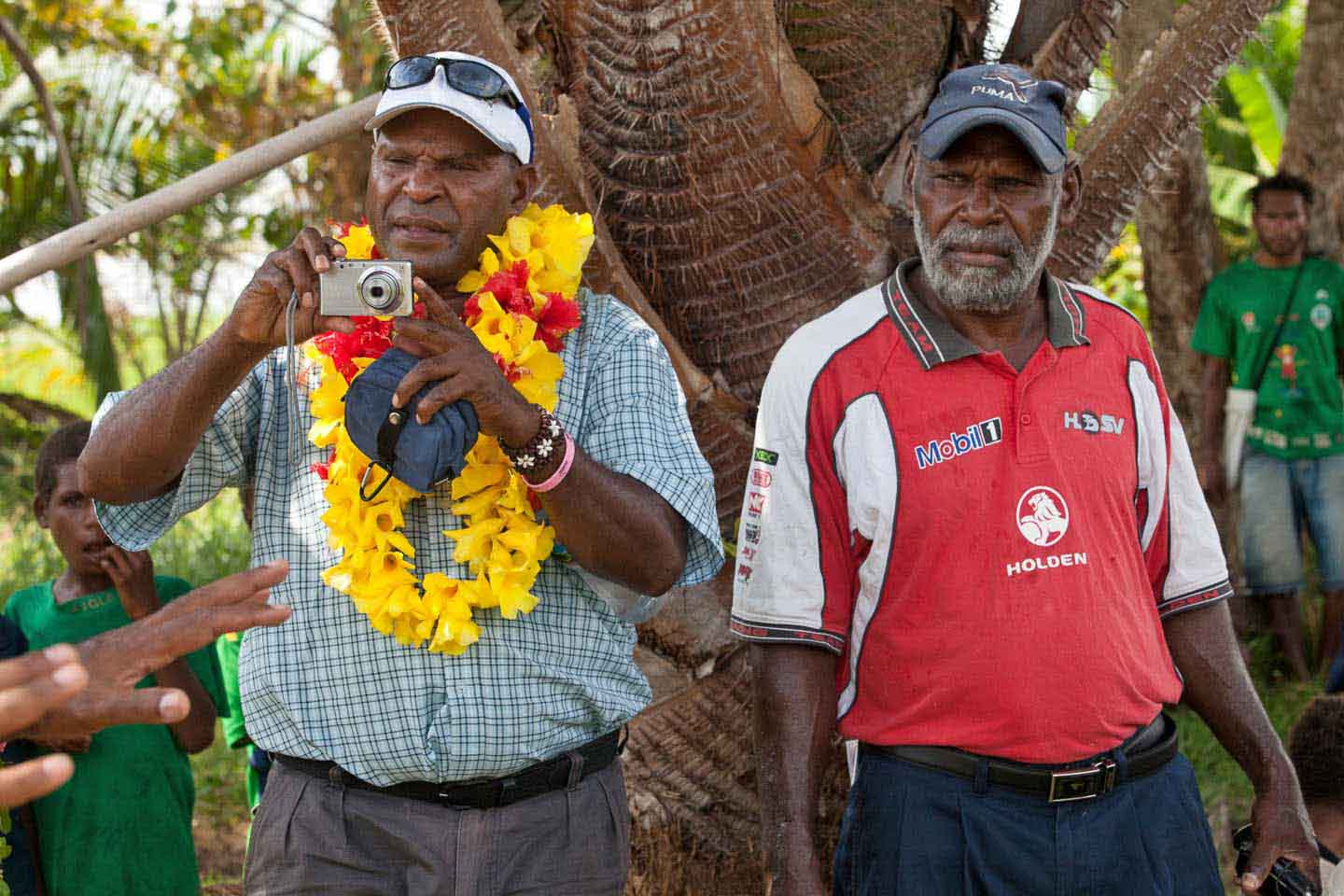The rainforest as a basis of existence
Since time immemorial, the people in the primeval forest of April Salumei, Papua New Guinea, have lived in harmony with nature. Until the government approved its area for industrial use and deforestation, that is. The basis of their own existence was facing destruction. The indigenous people joined forces and fought on behalf of their forest. They protec a vast area of pristine rainforest, with countless species of birds, exotic animals and plants. They thus maintain an important CO2 sink.
The project brings other benefits for them: children have the possibility to go to school, learn to read, and have prospects for the future. Adults are able to find work in small businesses. Anyone who falls ill can be treated in a health centre in the next village. All this is new and only made possible through the financing arising from this climate project.
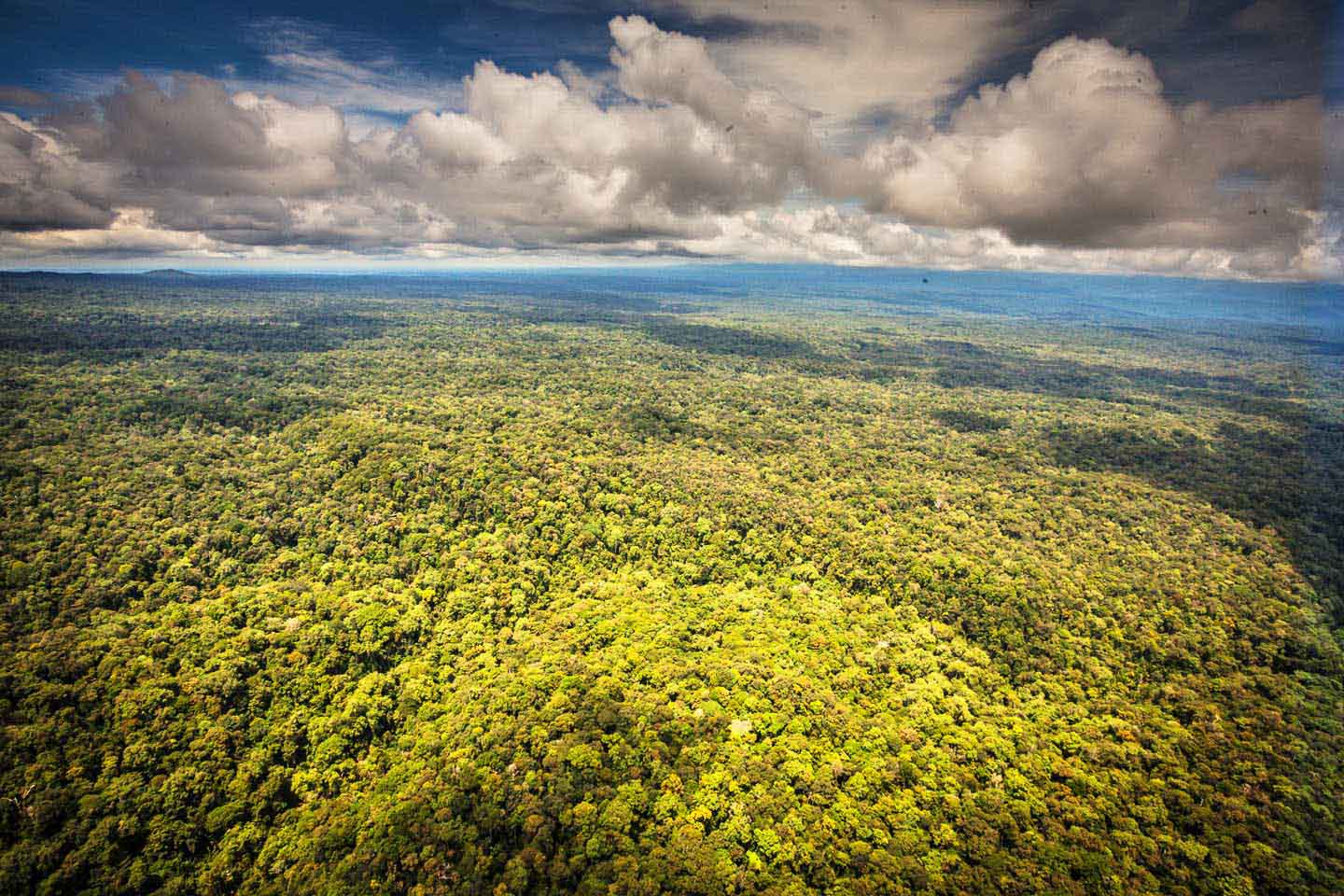
Forests are not only among the planet's most important carbon reservoirs. They also are home to an enormous diversity of species and are the livelihood for all people. However, global forest areas have declined sharply in recent decades due to increasing settlement, agricultural use, illegal logging and mining.
Forest protection projects ensure that forests are preserved in the long term and that the protection of forests is given a higher value than their deforestation. Together with the local population, project participants protect the area from negative influences. To allow for this the projects create alternative sources of income and educational opportunities. Depending on the project region, forests store varying amounts of carbon per hectare. Particularly high amounts of carbon are stored in the vegetation and soil of tropical swamp forests, primary rainforests, or mangroves. Forest protection projects in the ClimatePartner portfolio are registered with international standards.
Explore our projects
Biochar for Climate Action, Healthy Soils, and Better Harvests

A certified climate project combined with additional commitment

Expansion of renewable energy generation in Asia
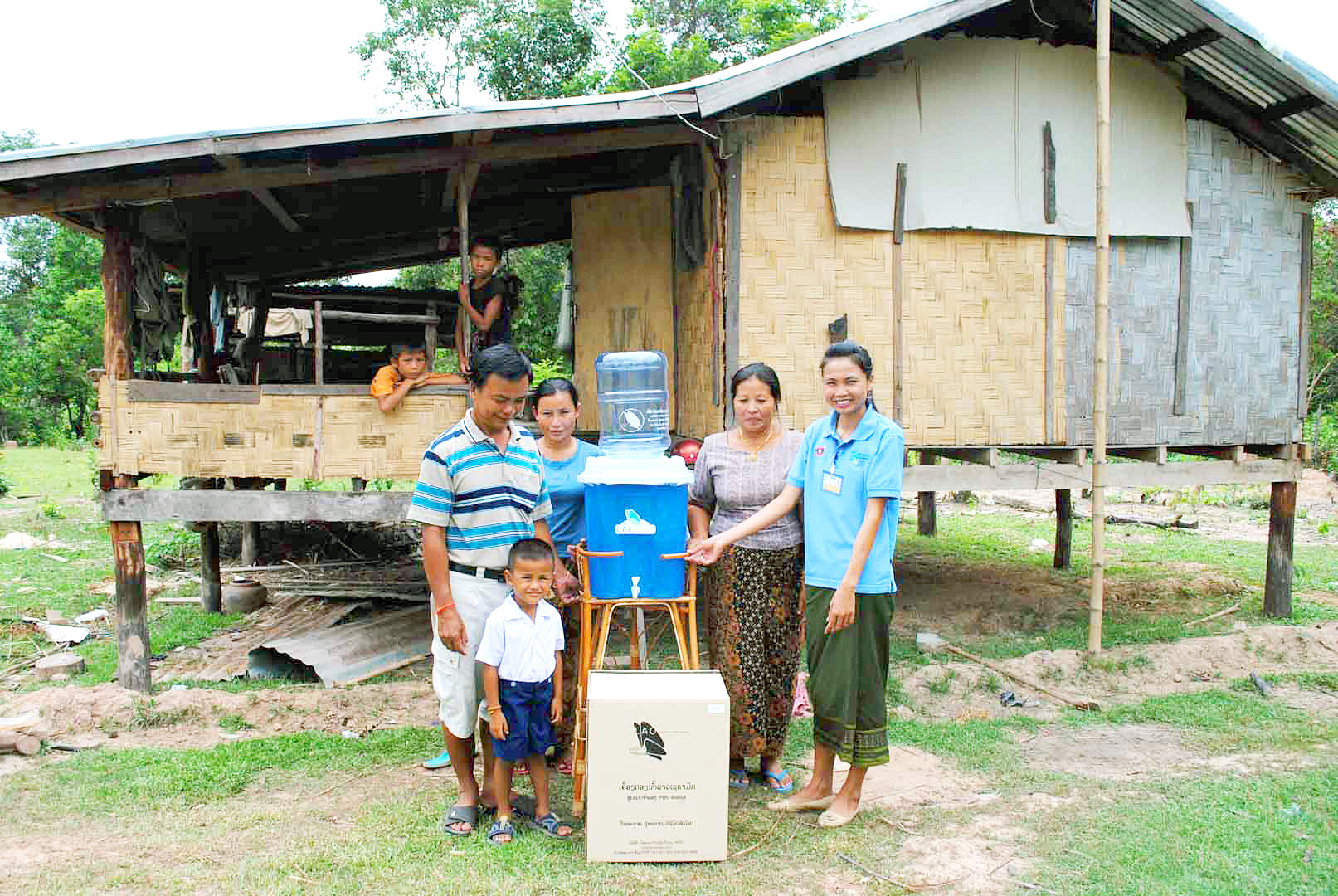
Ceramic water filters save CO2 and improve health
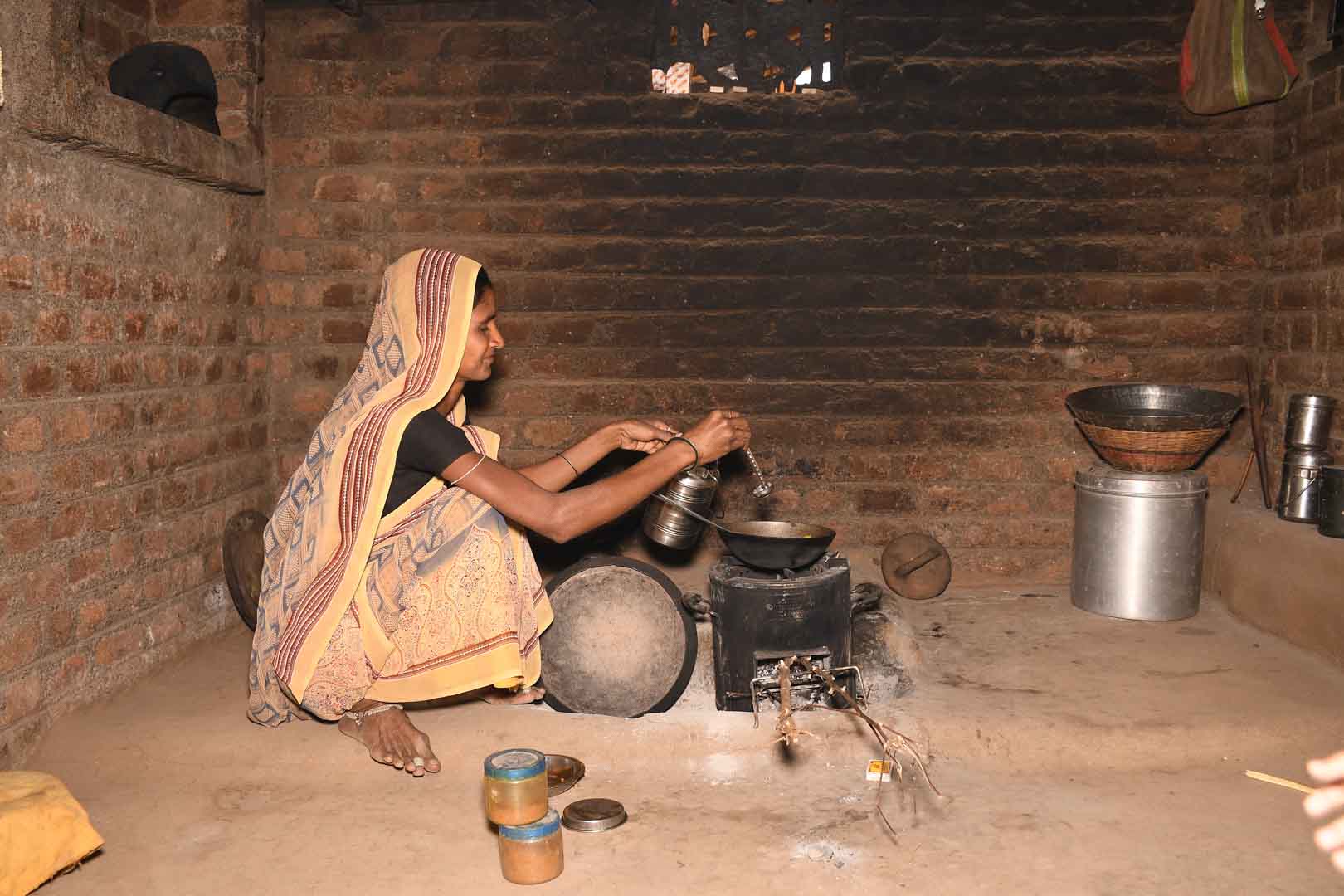
Improved cookstoves worldwide – for better health and cleaner air

A certified climate project combined with additional commitment
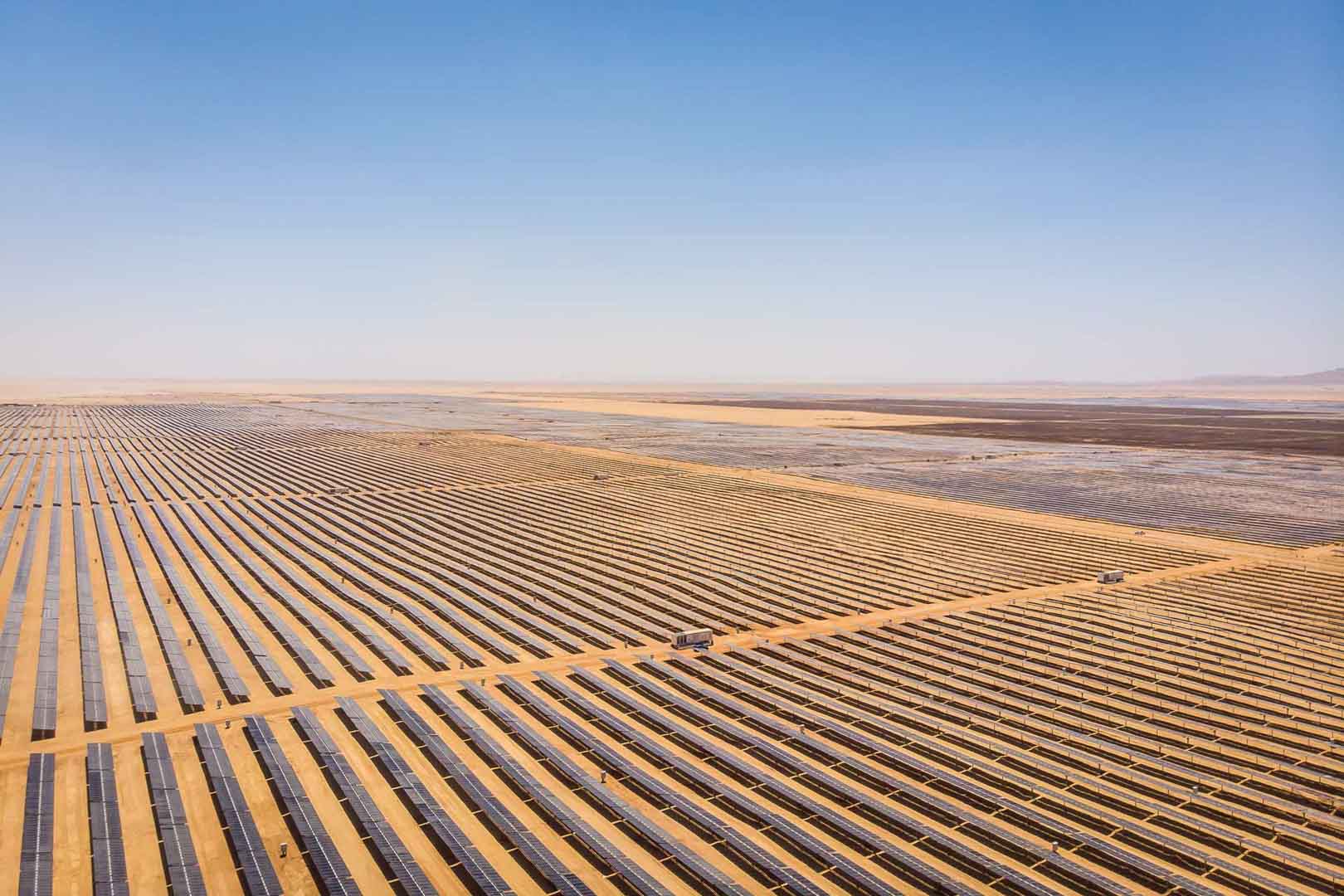
Powering access to renewable energy in Africa
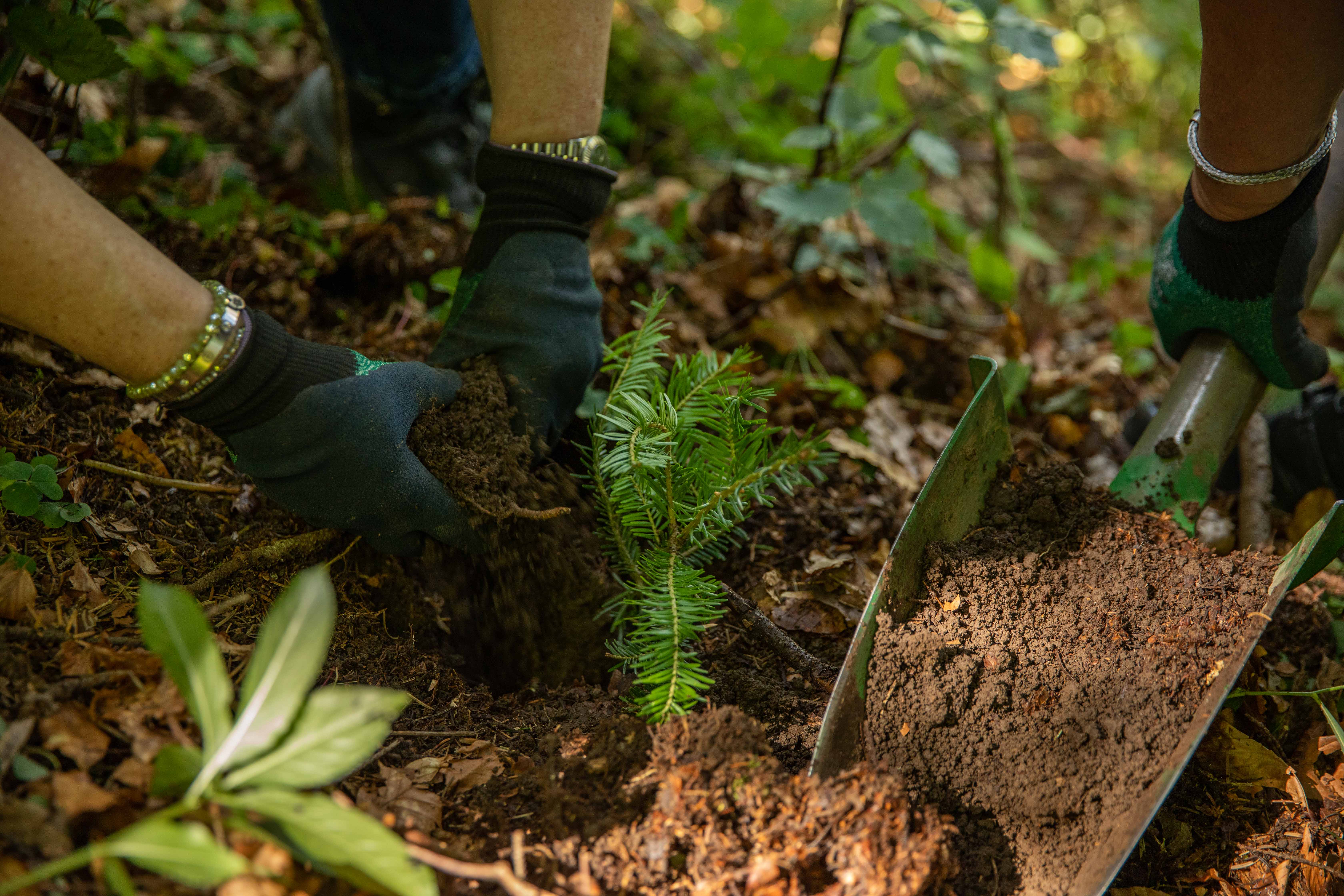
A certified climate project combined with additional commitment
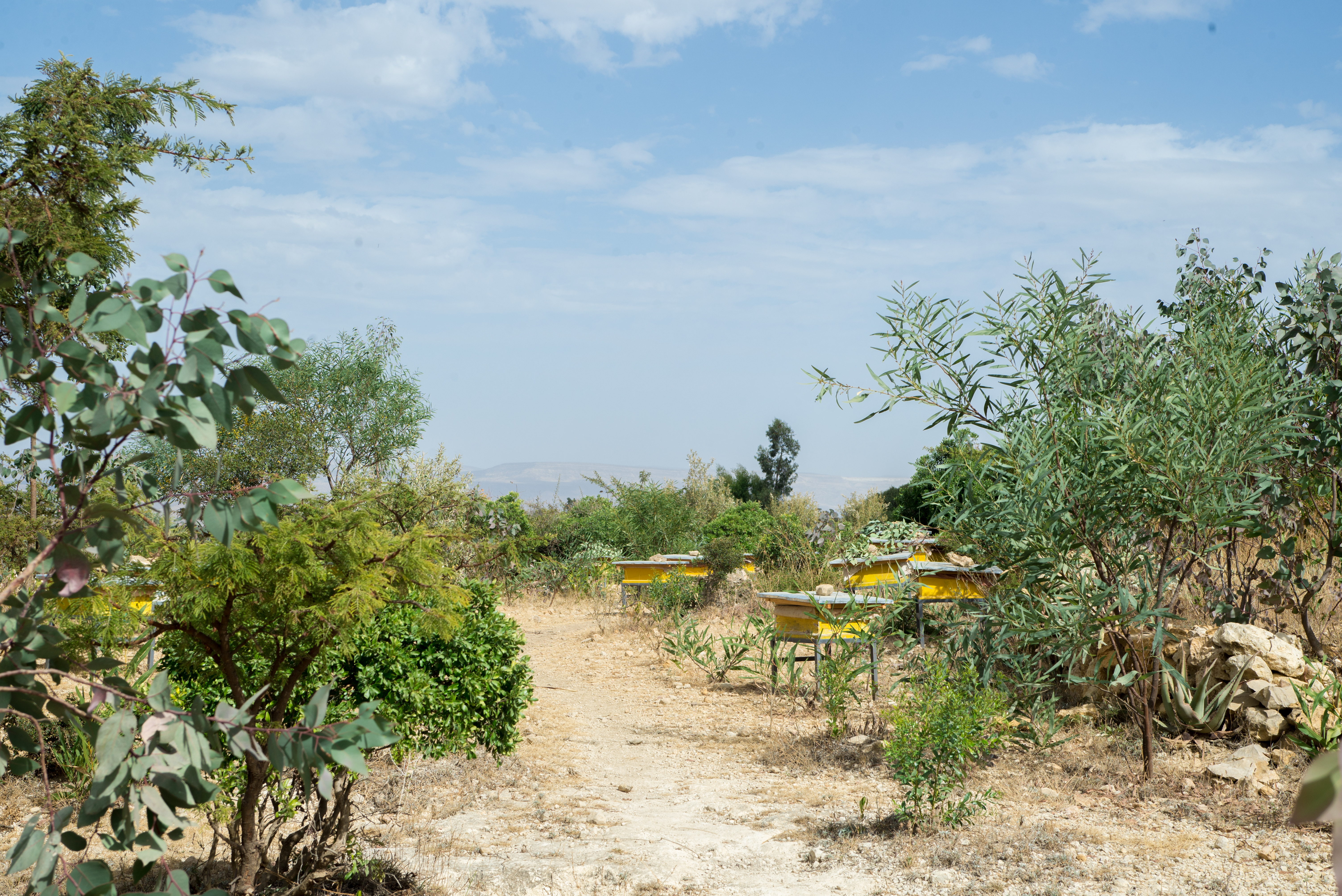
Restored ecosystems remove carbon
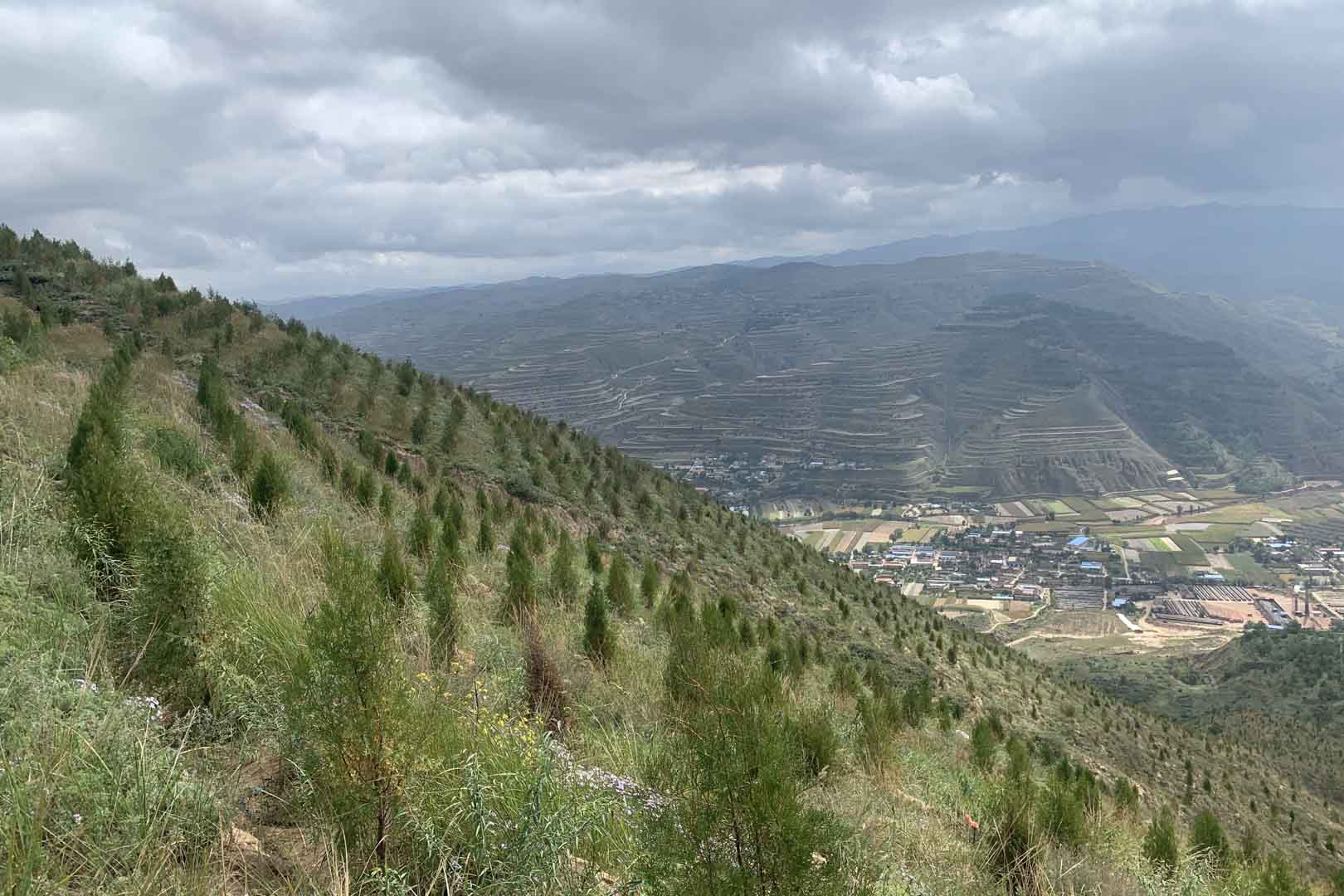
Turning degraded farmlands into healthy ecosystems
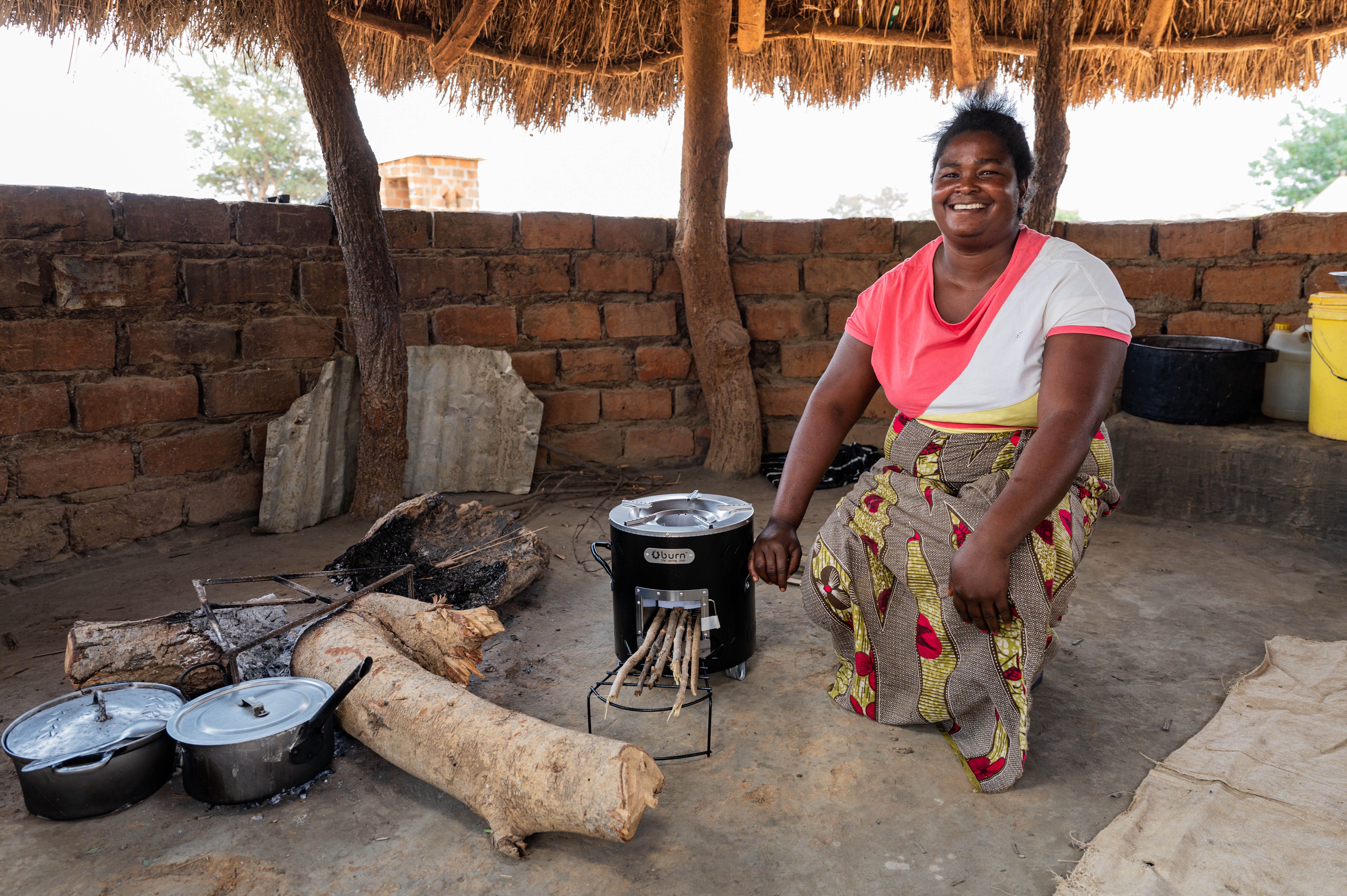
Improved cookstoves - better for health and the environment
